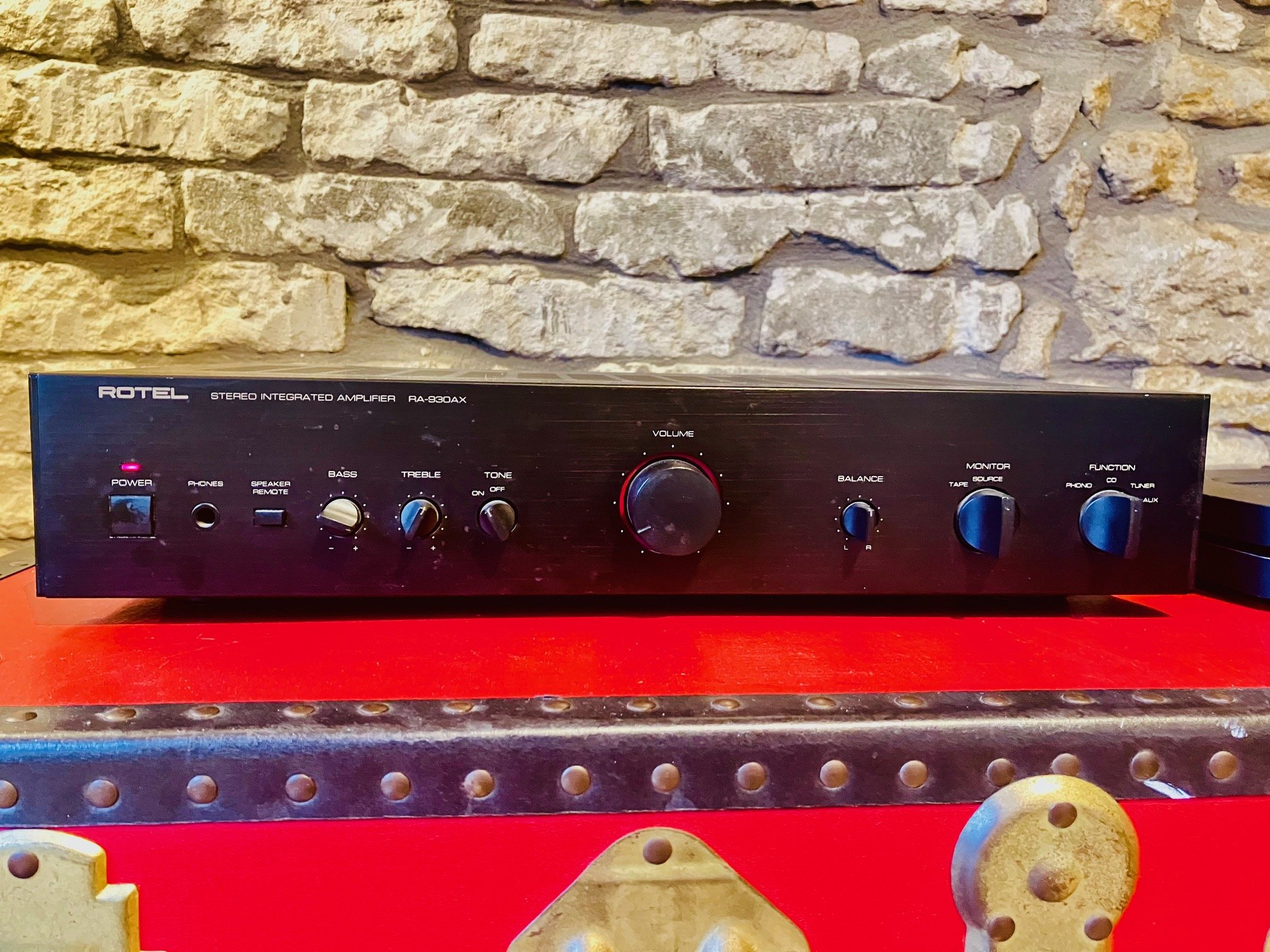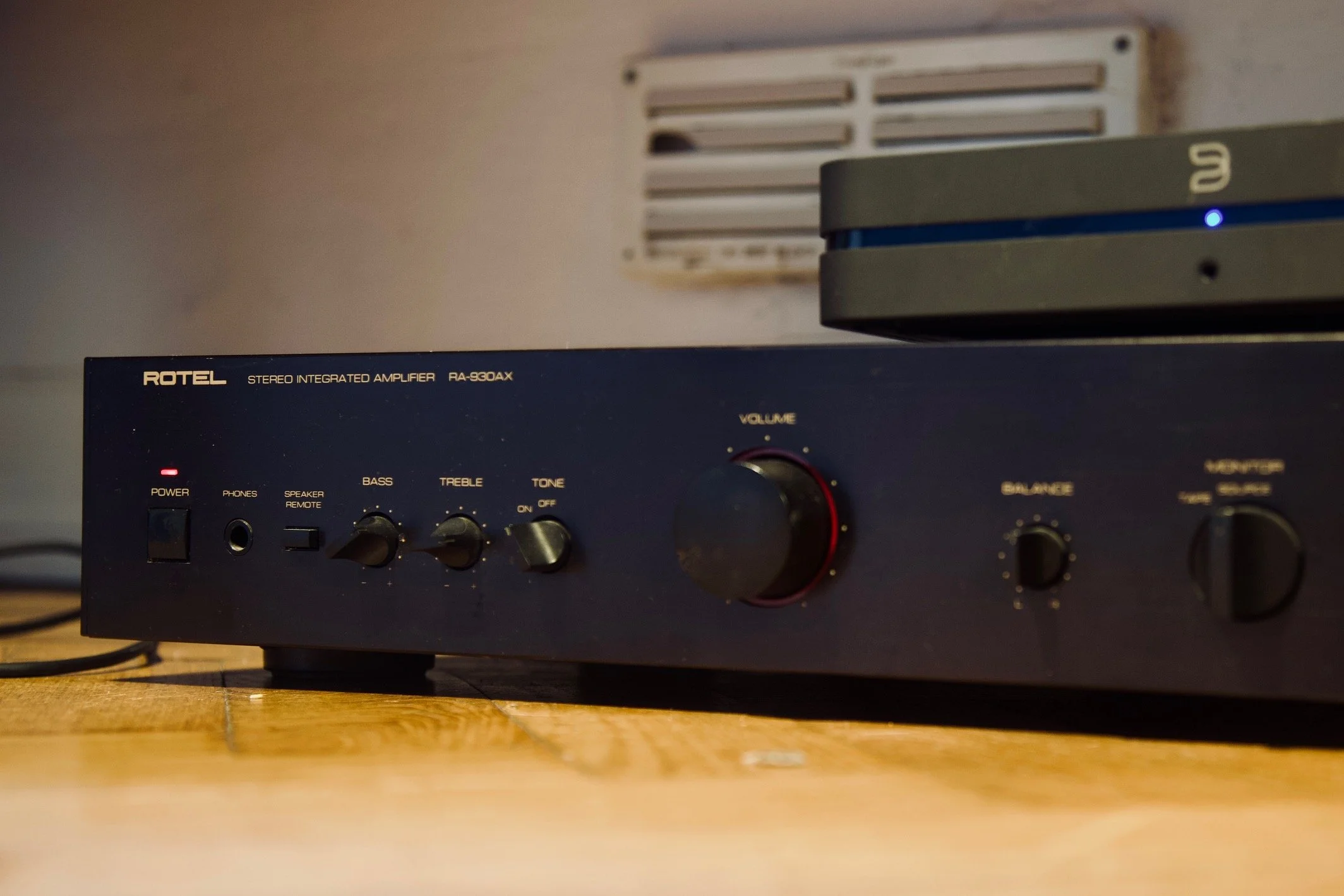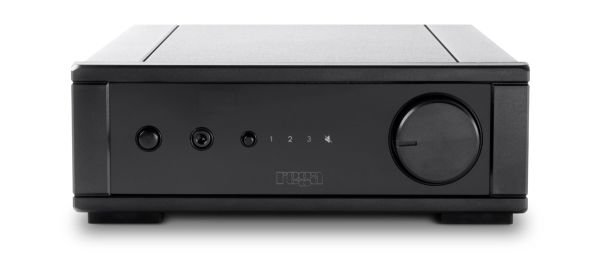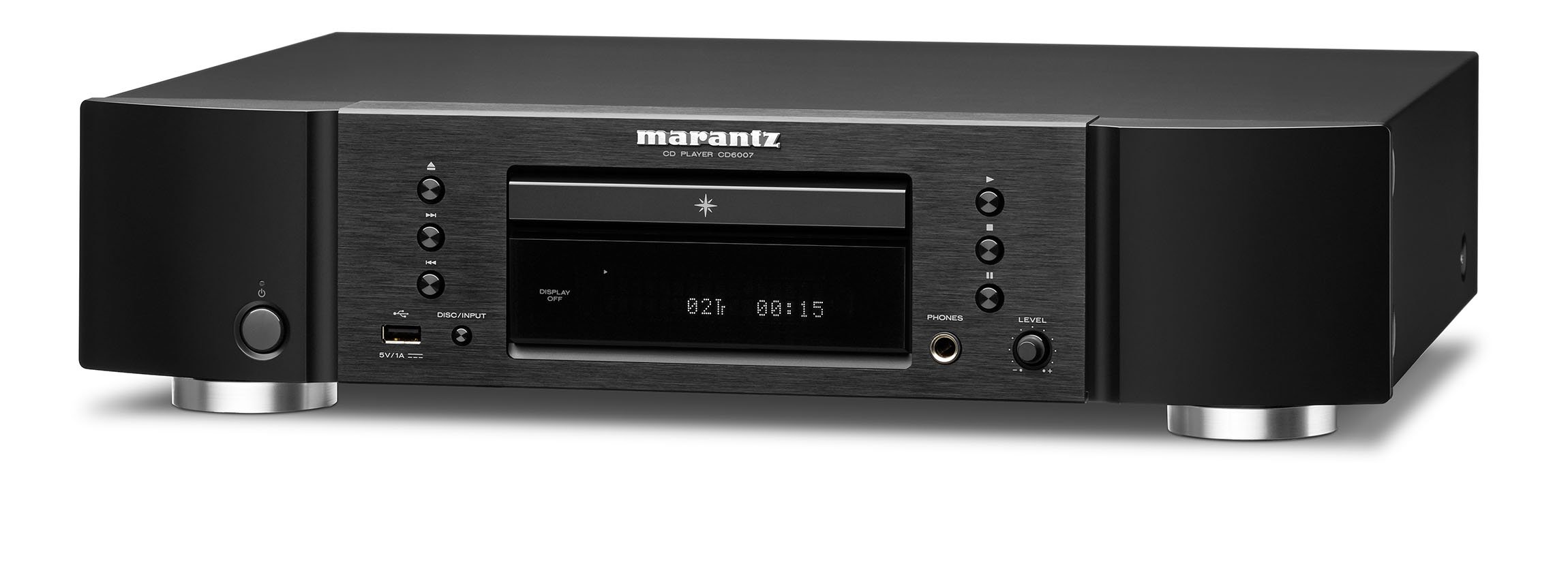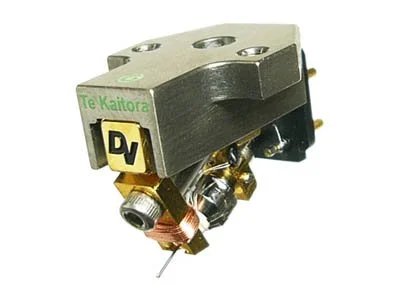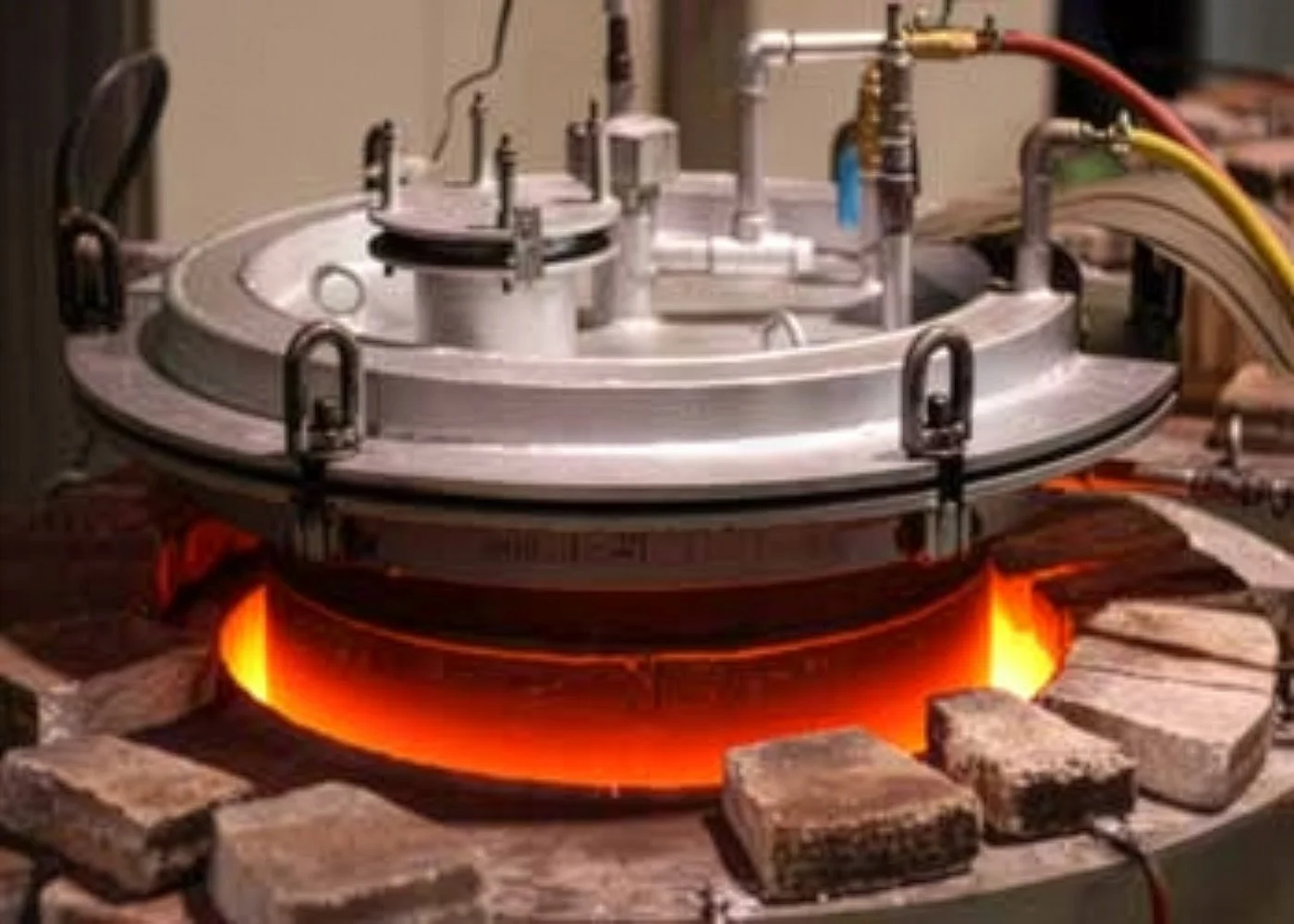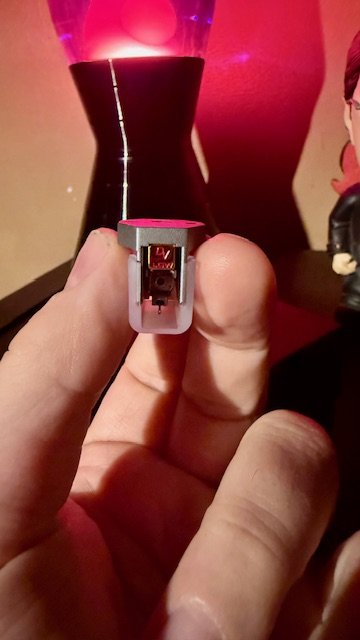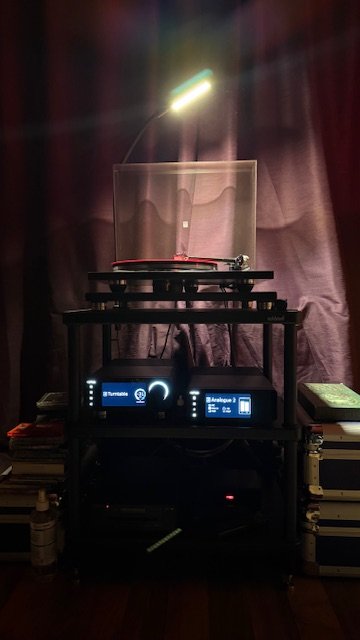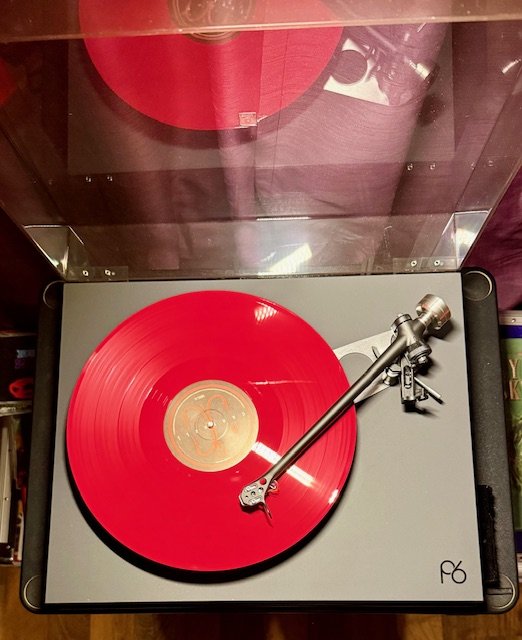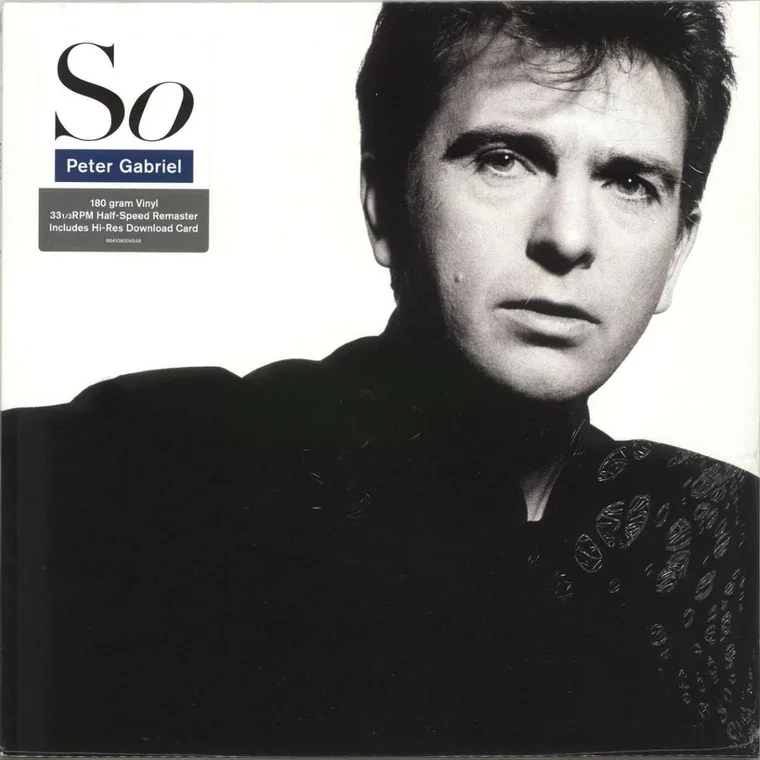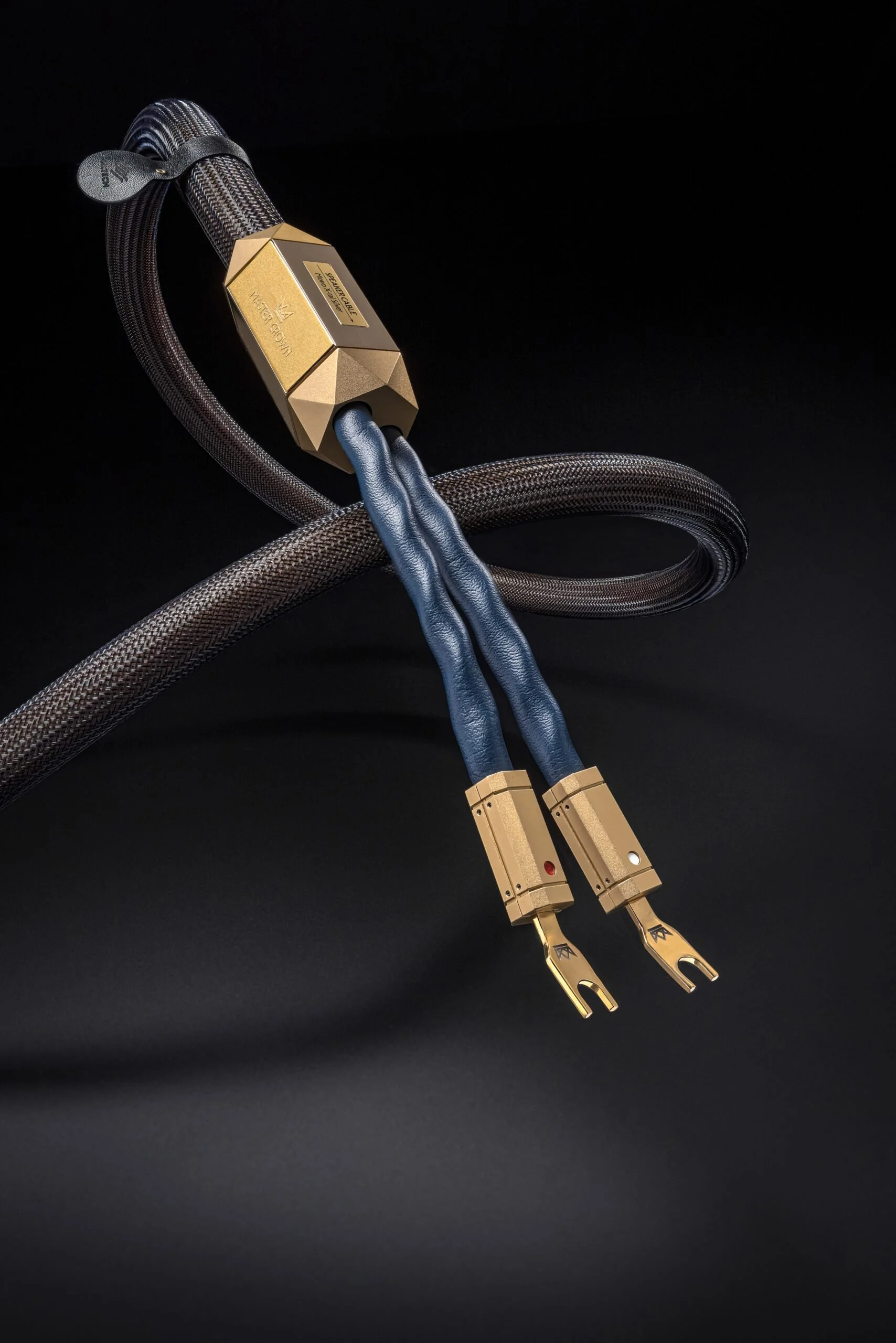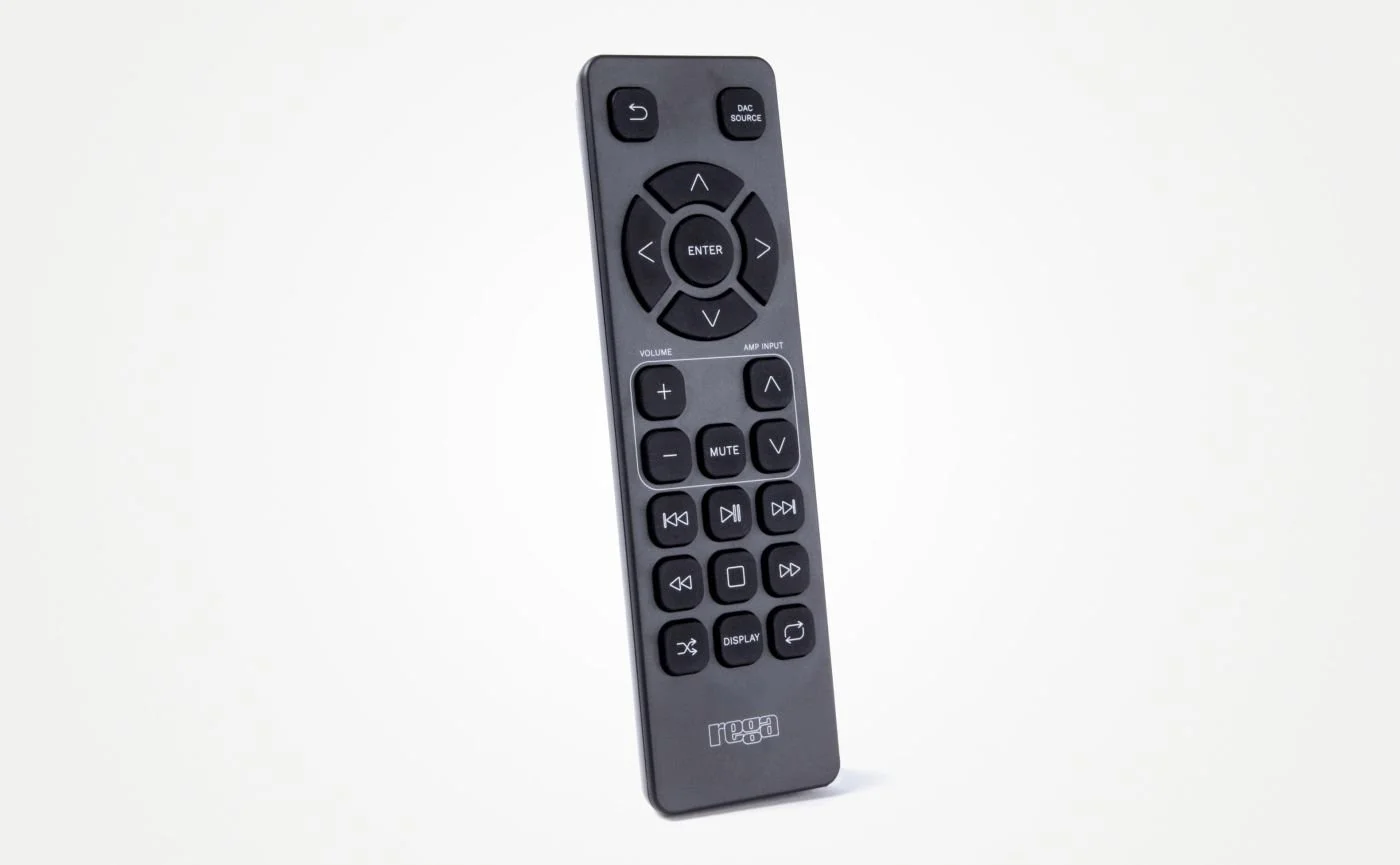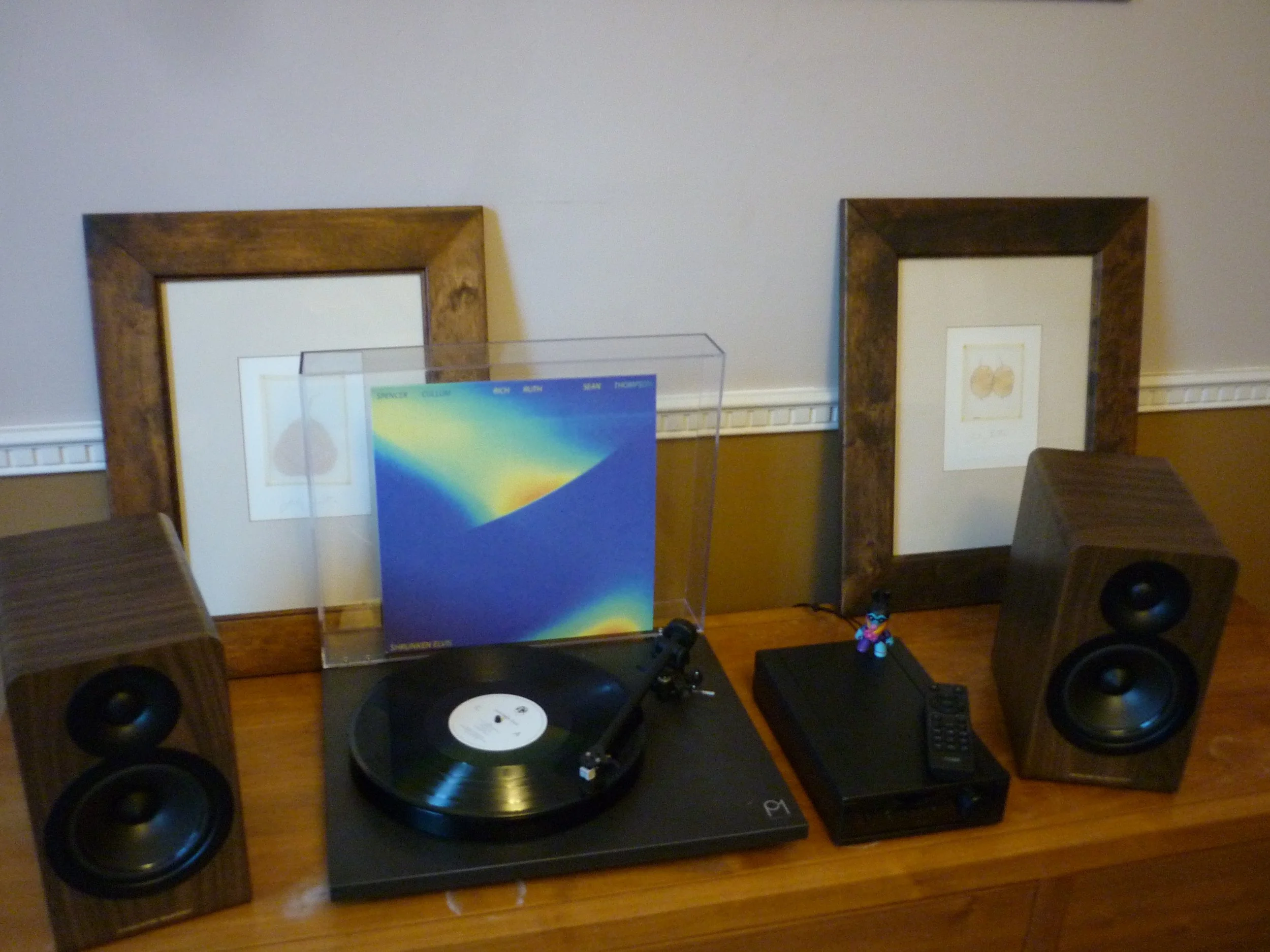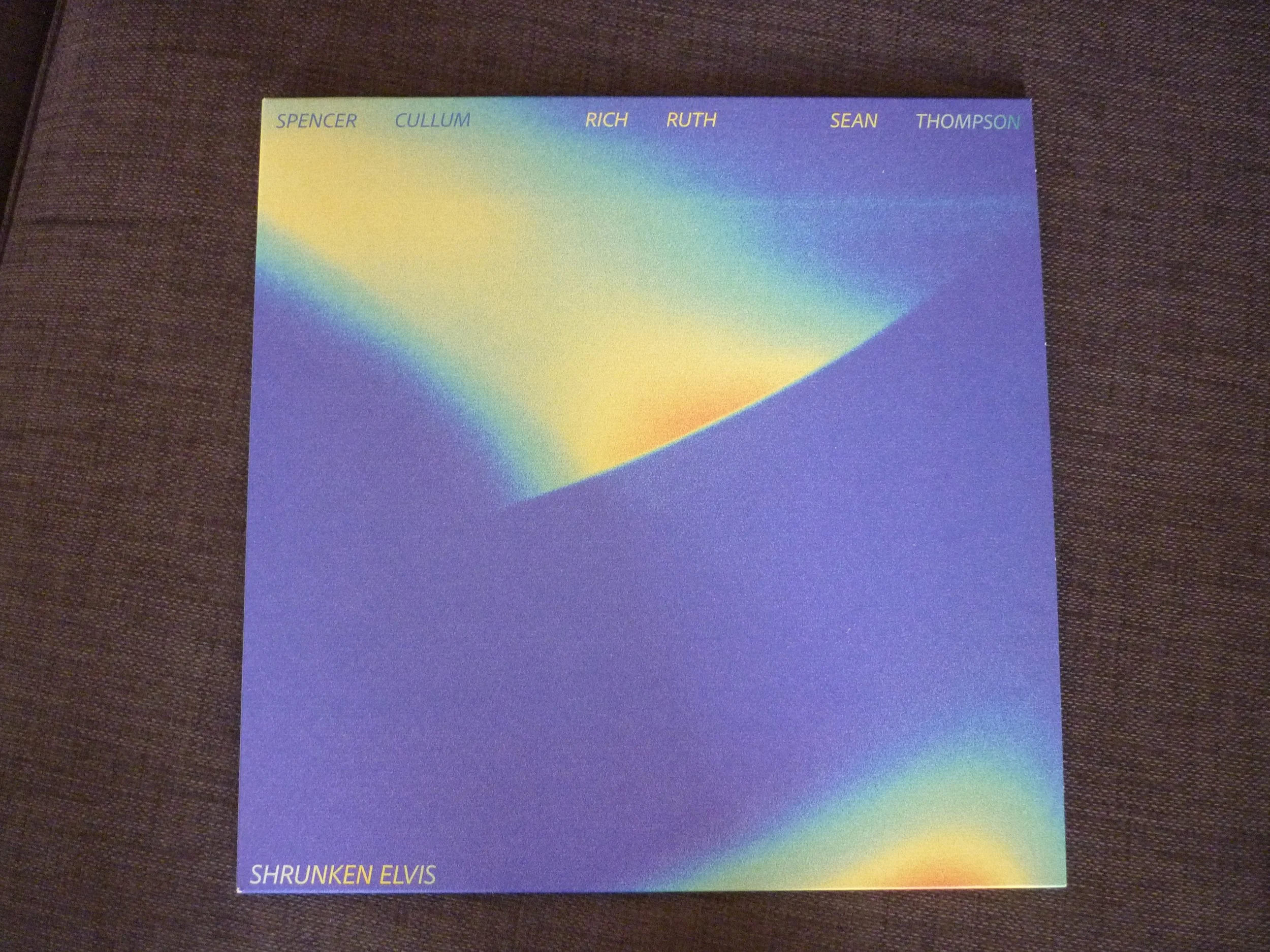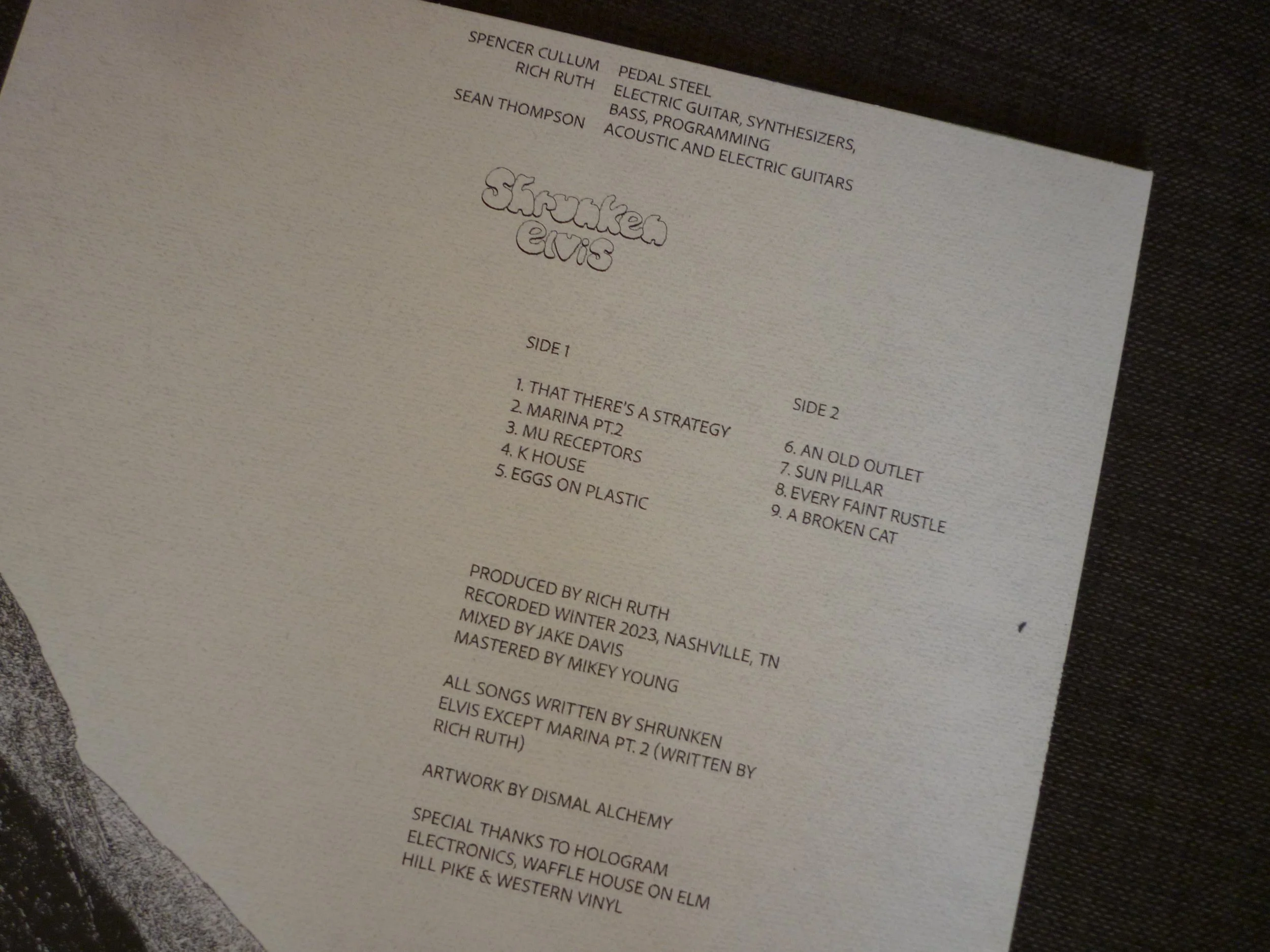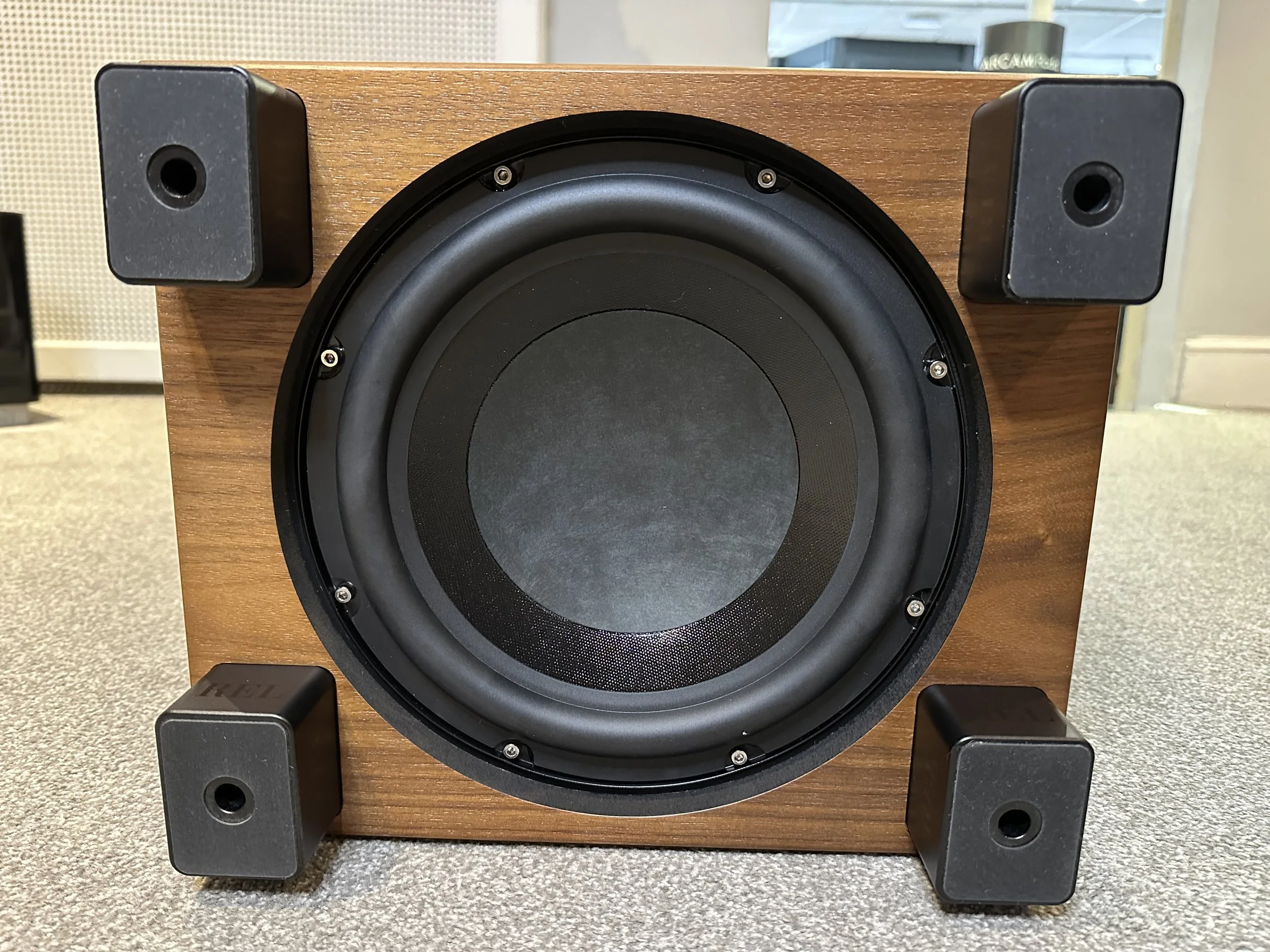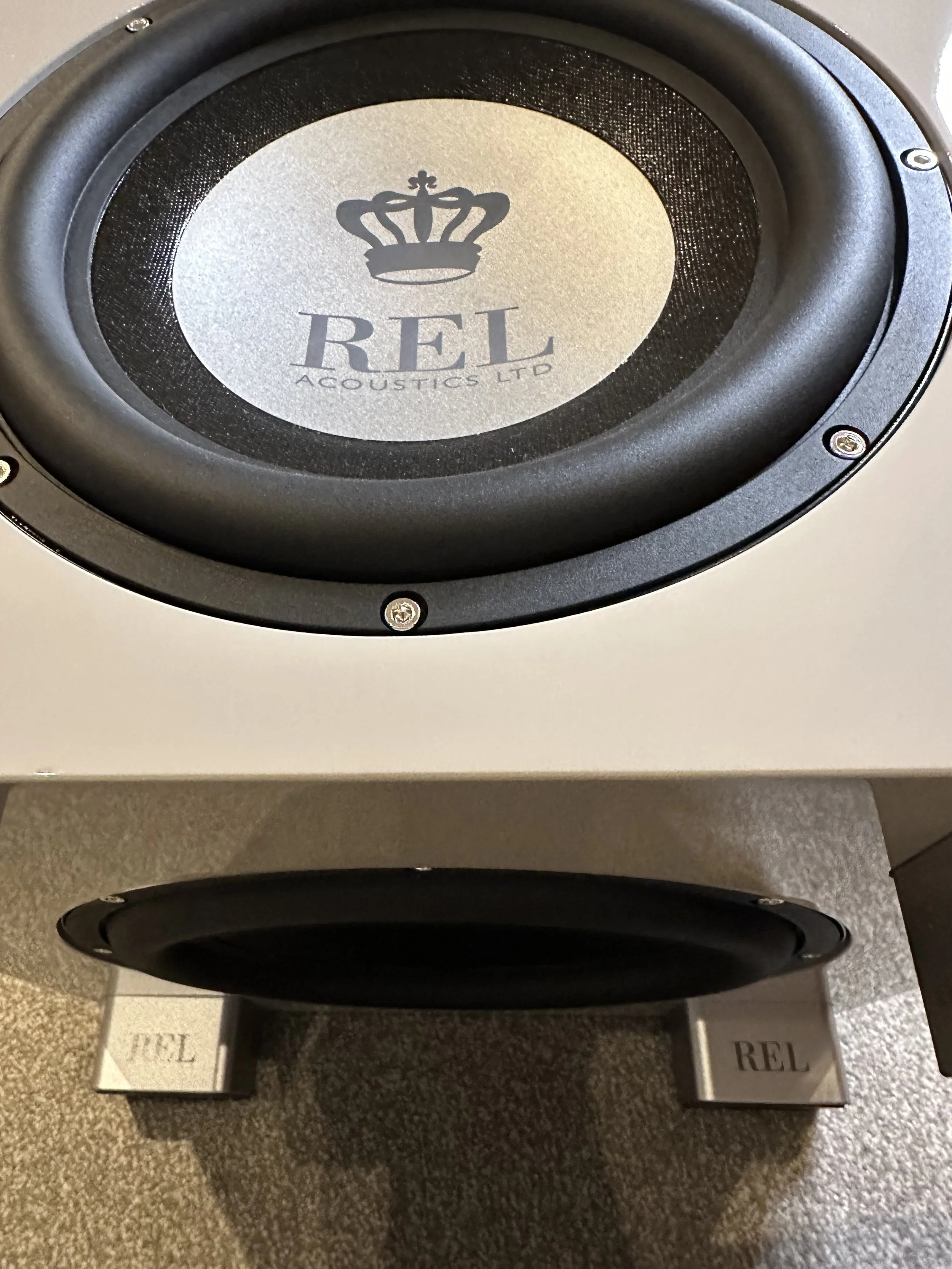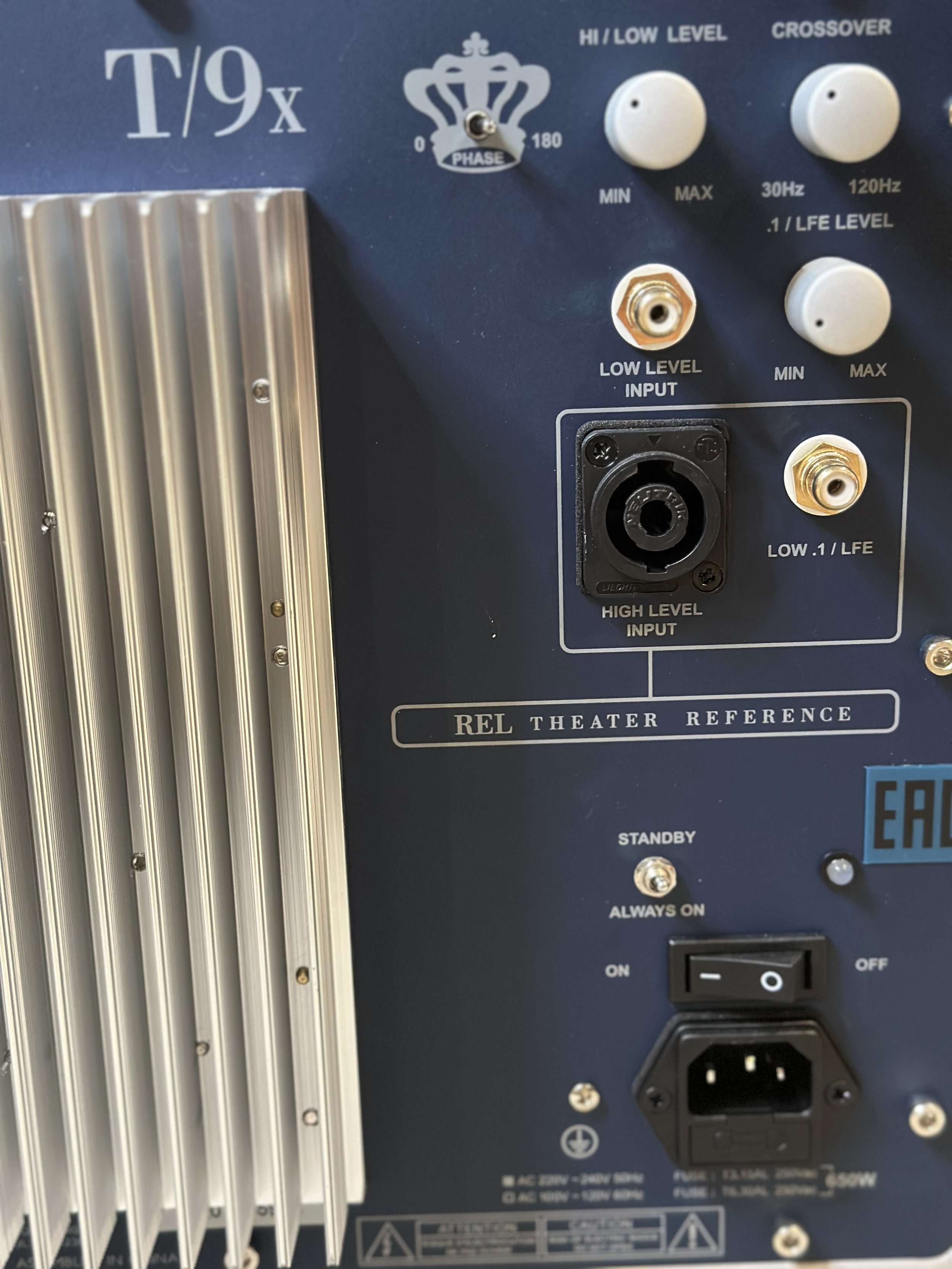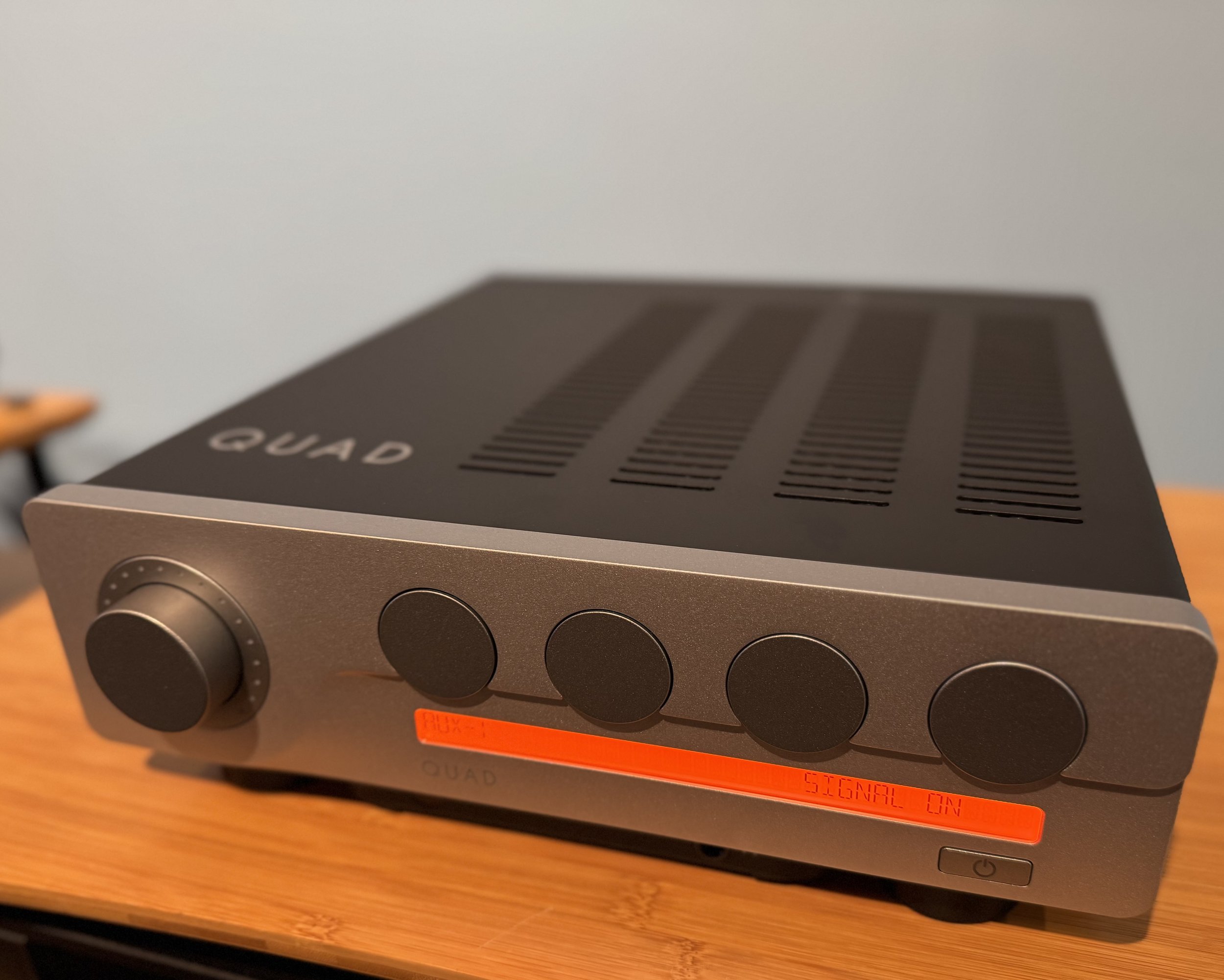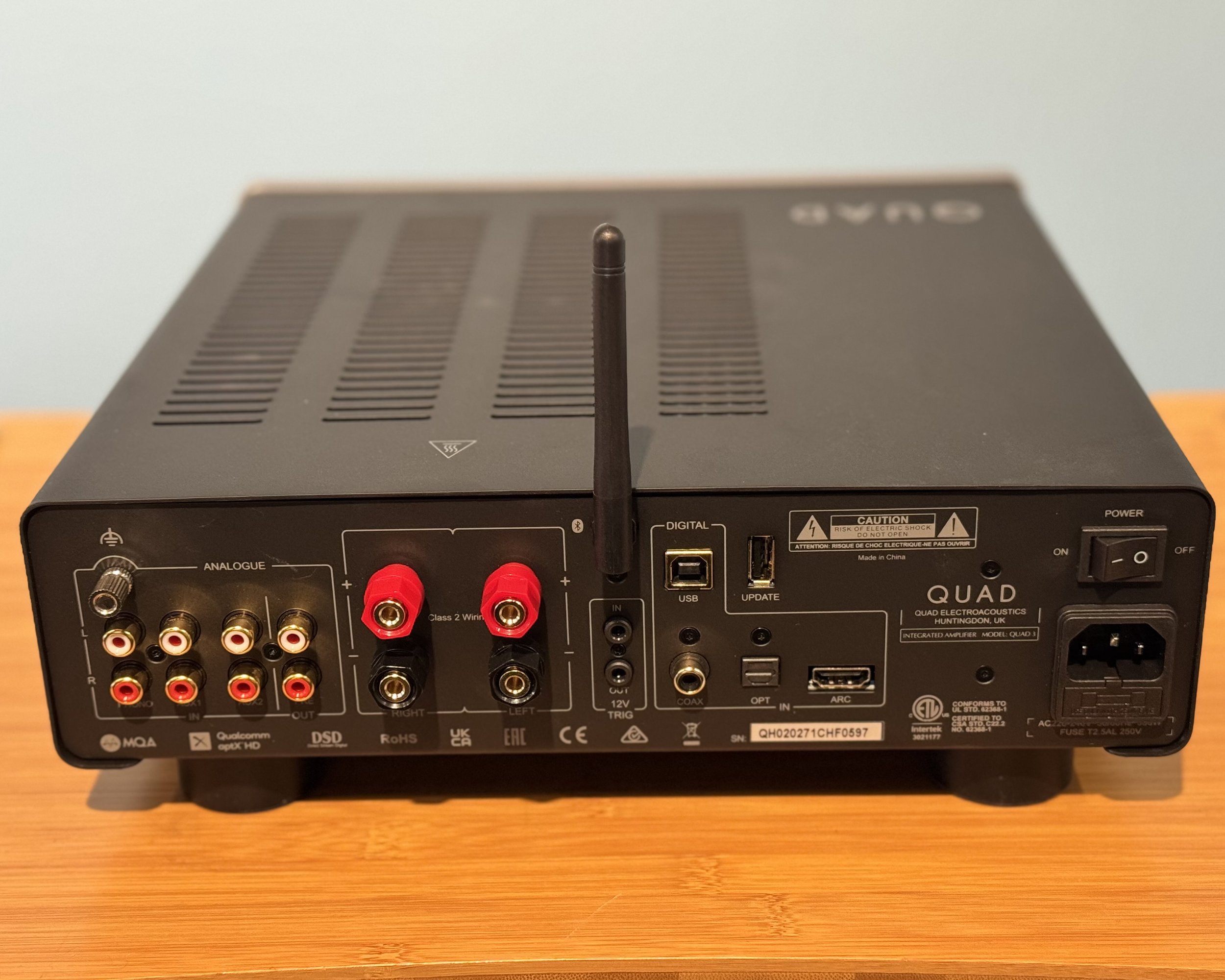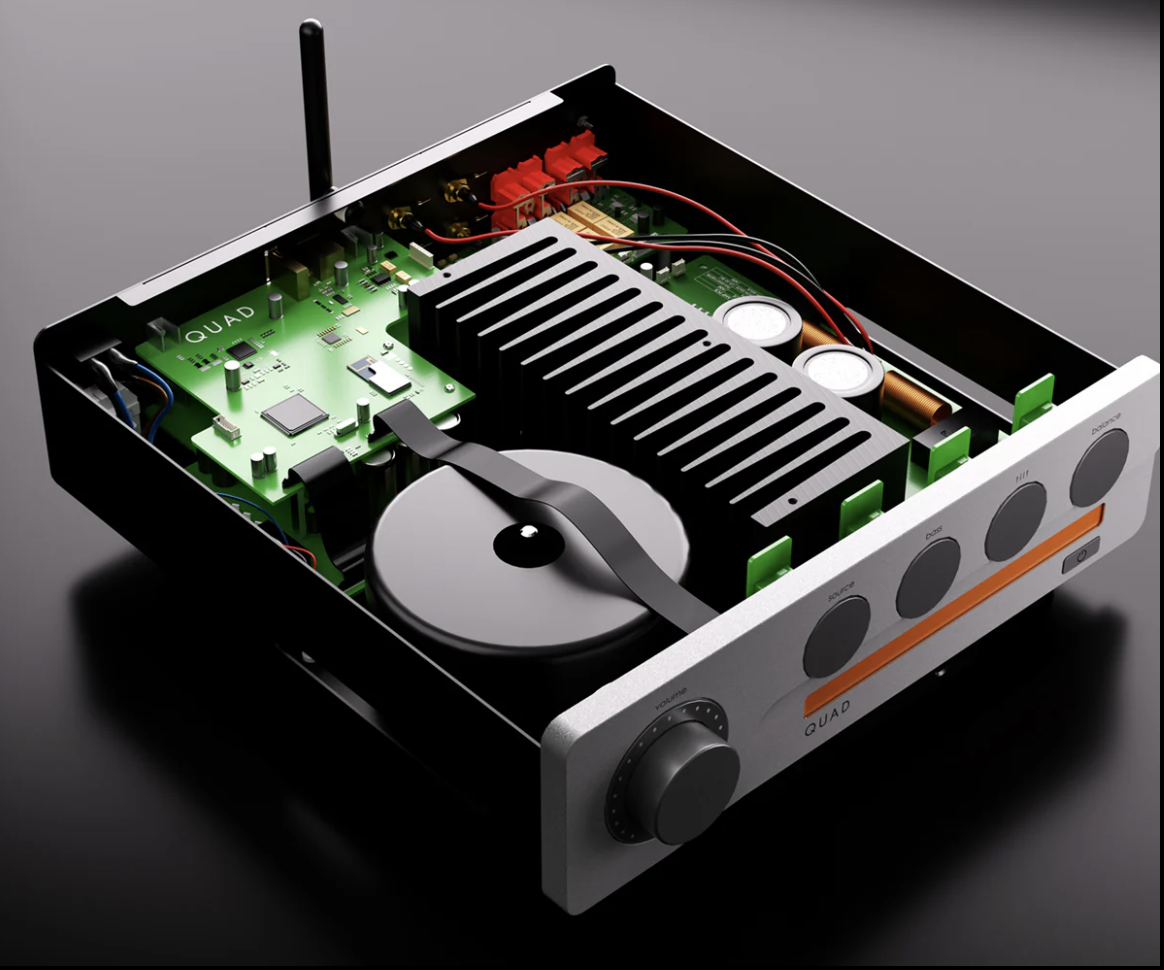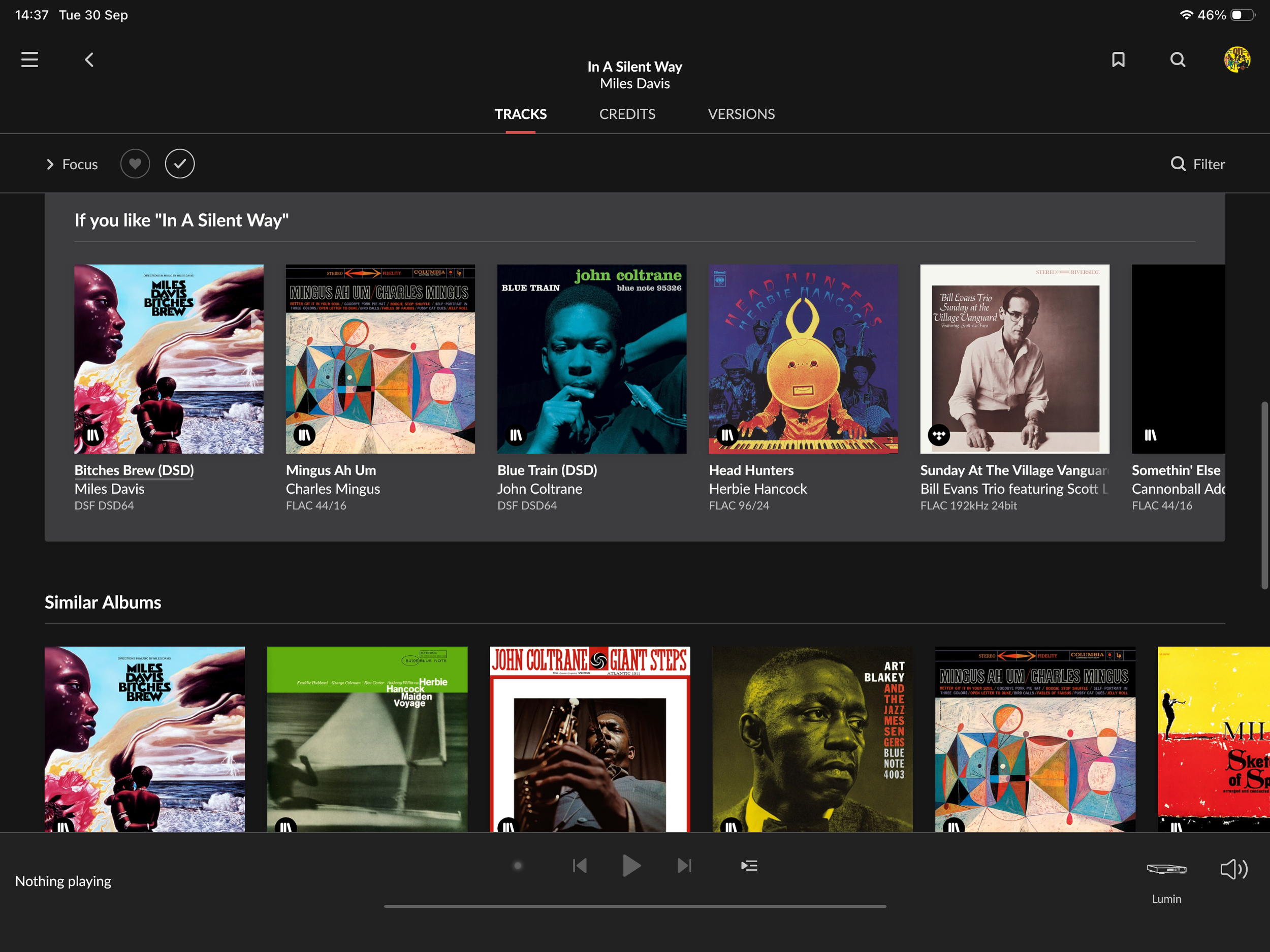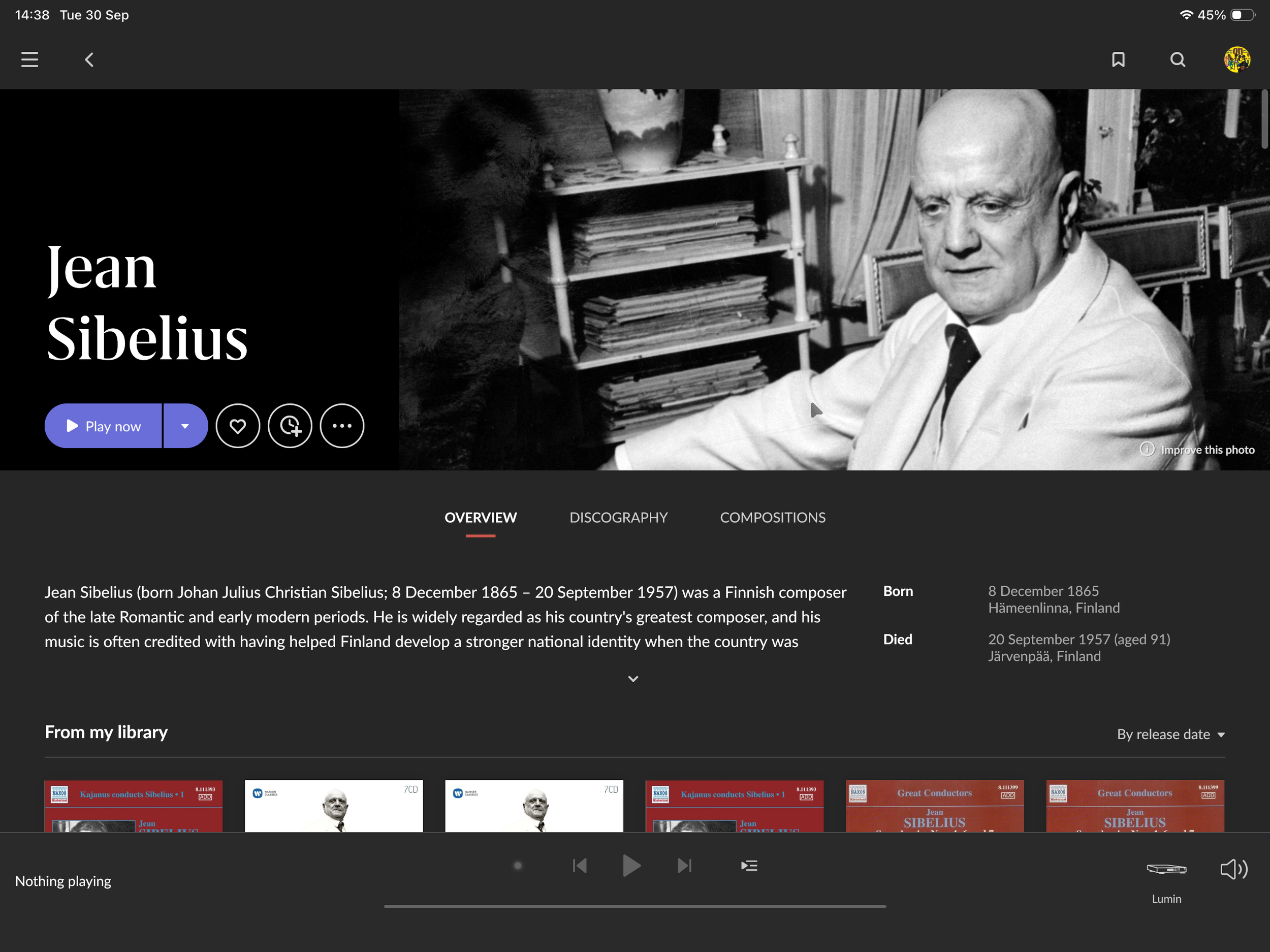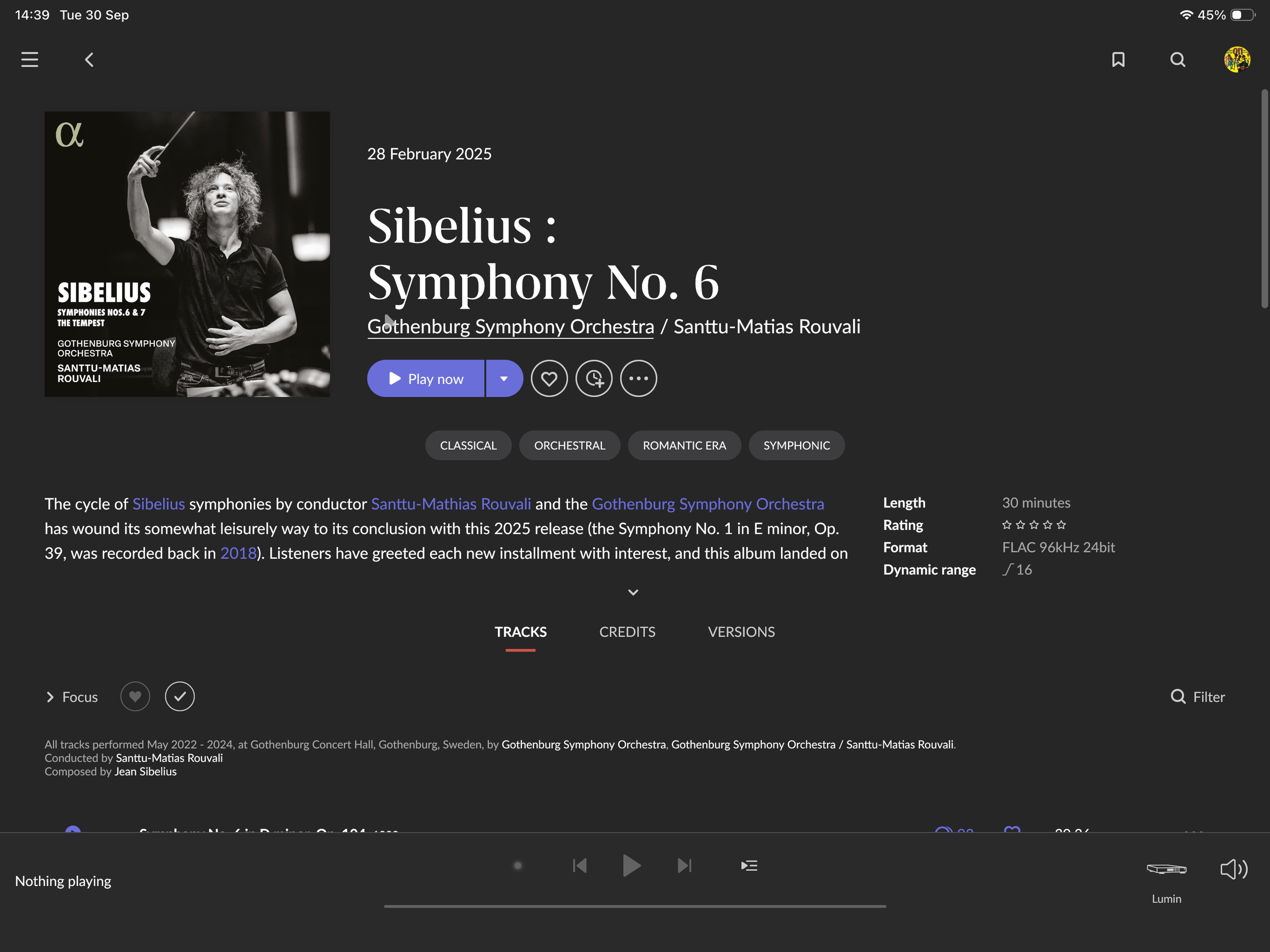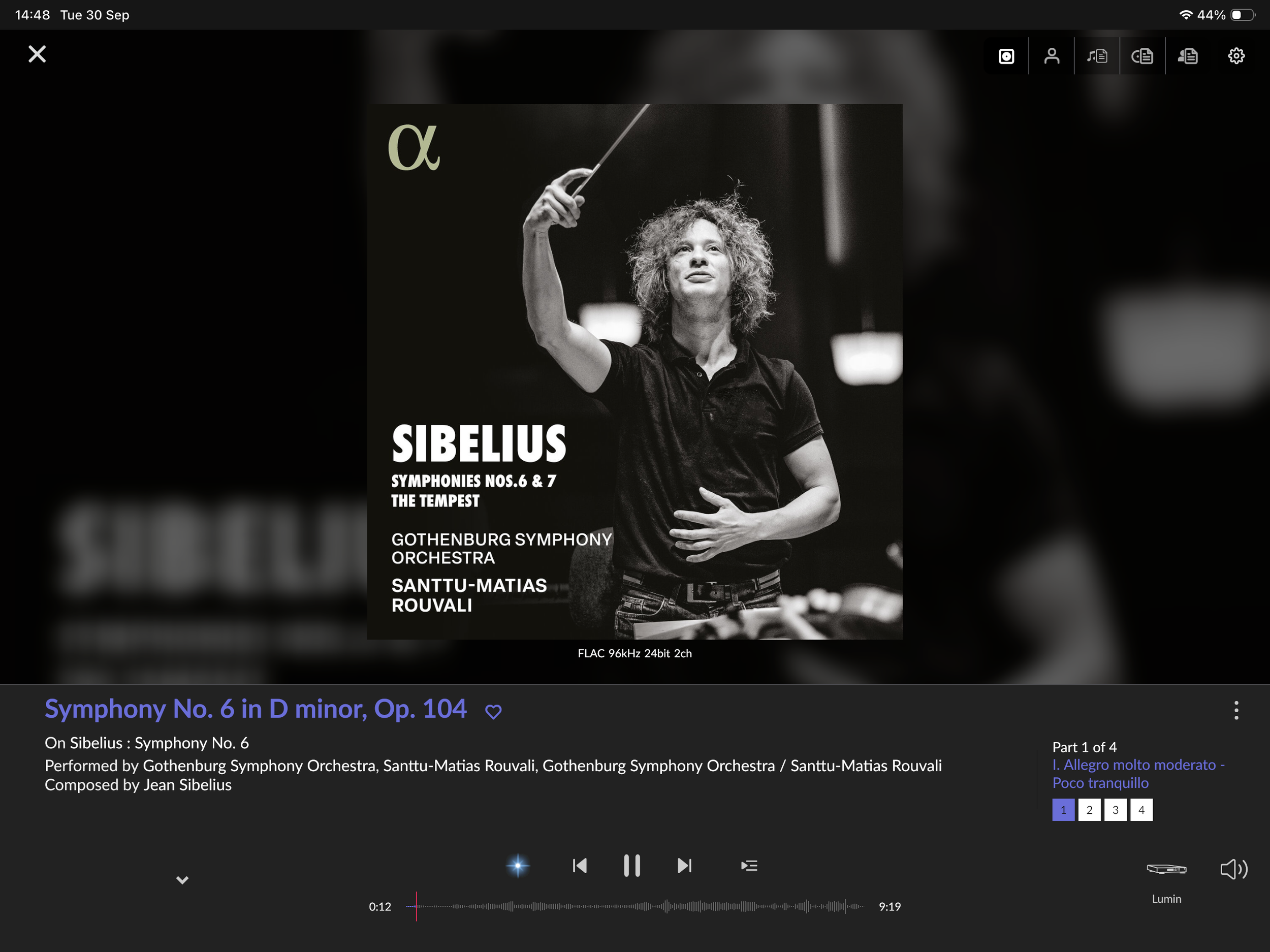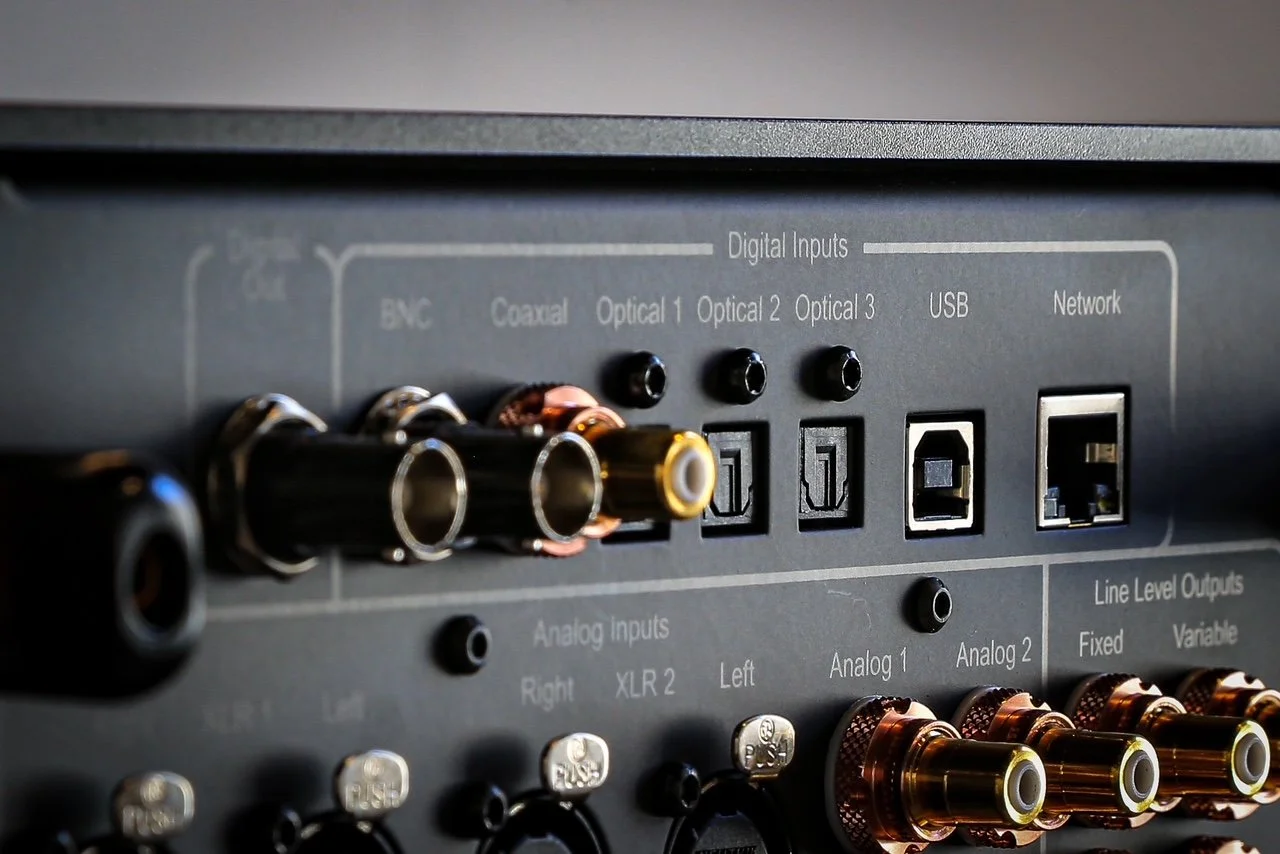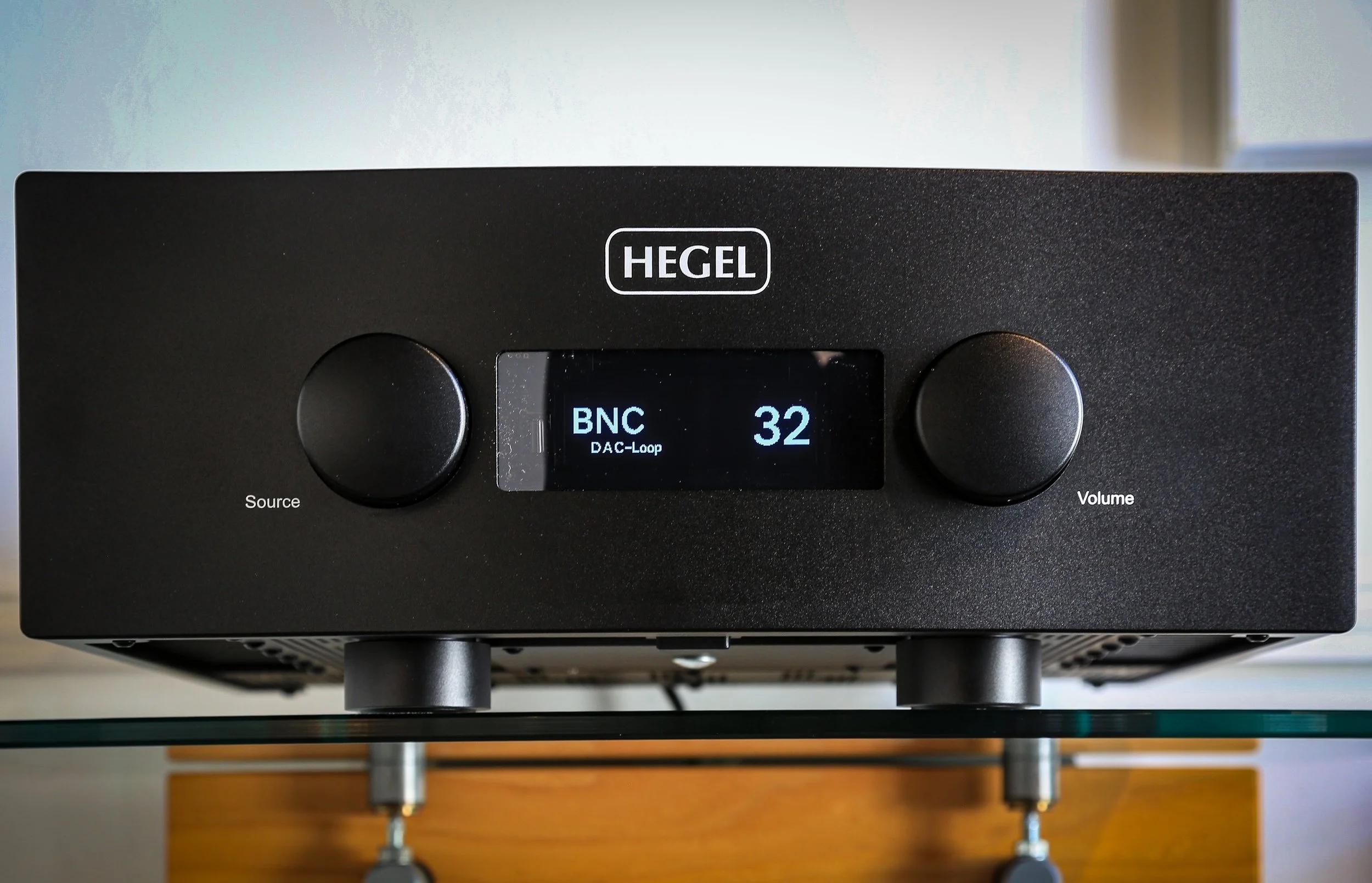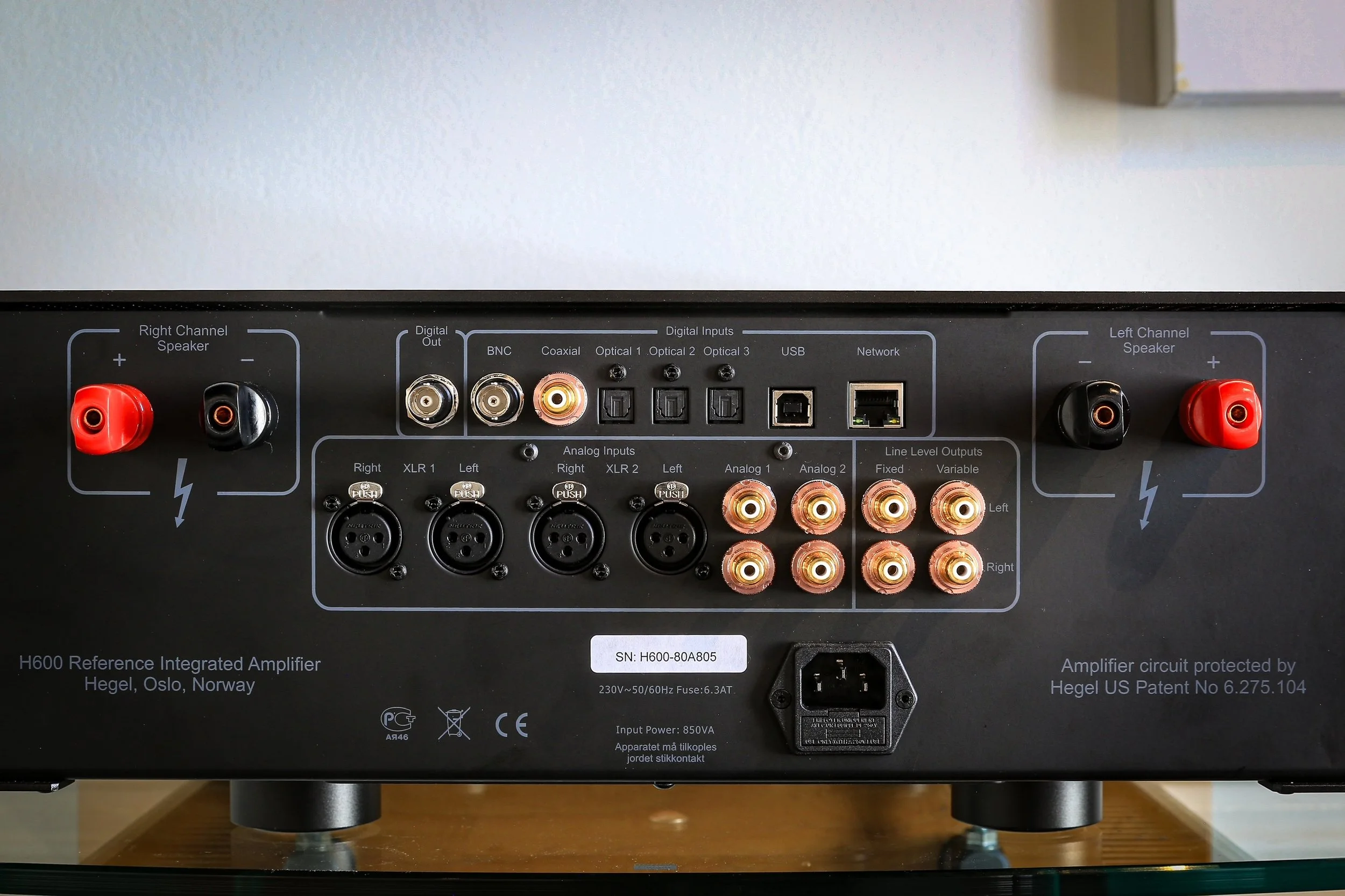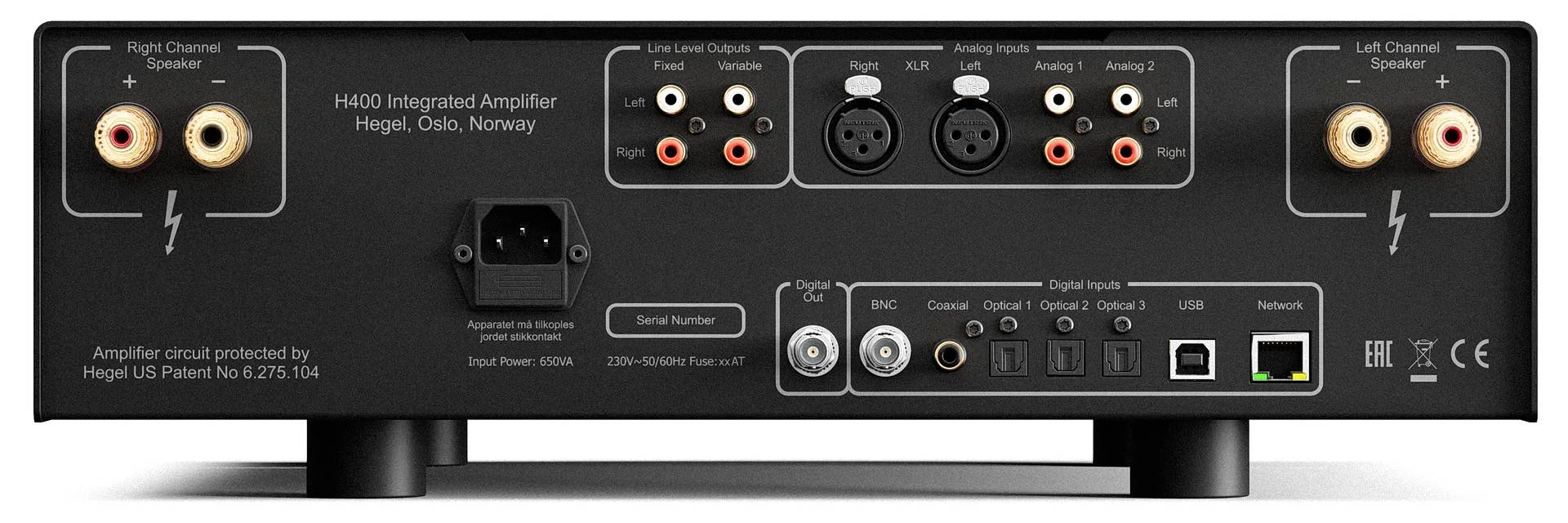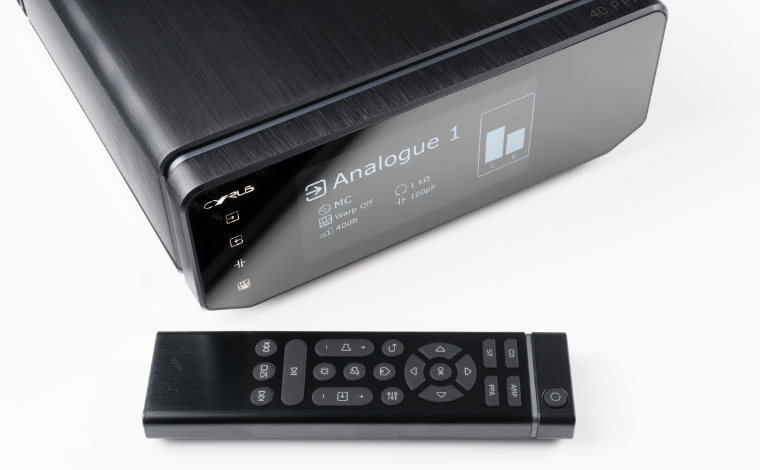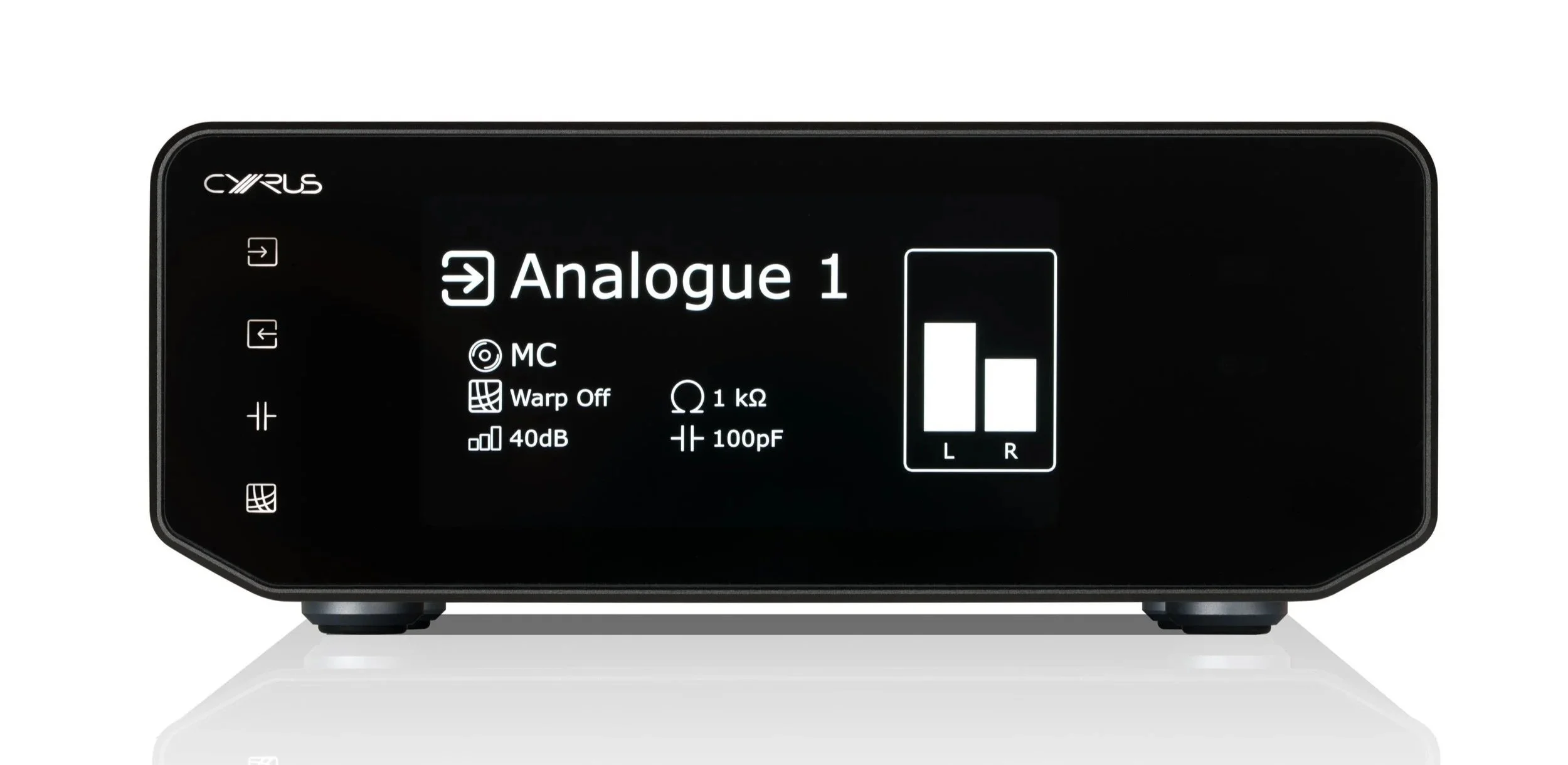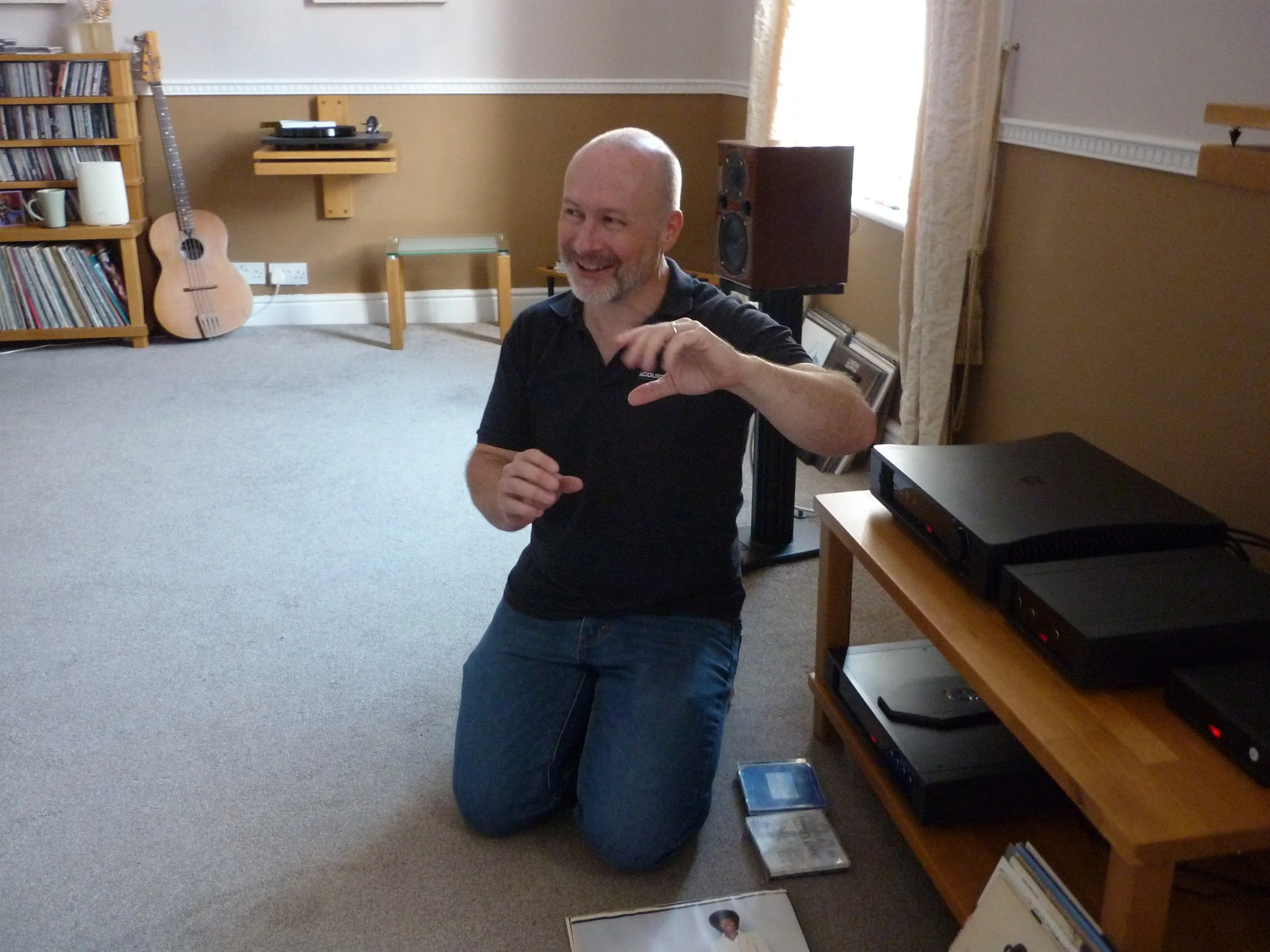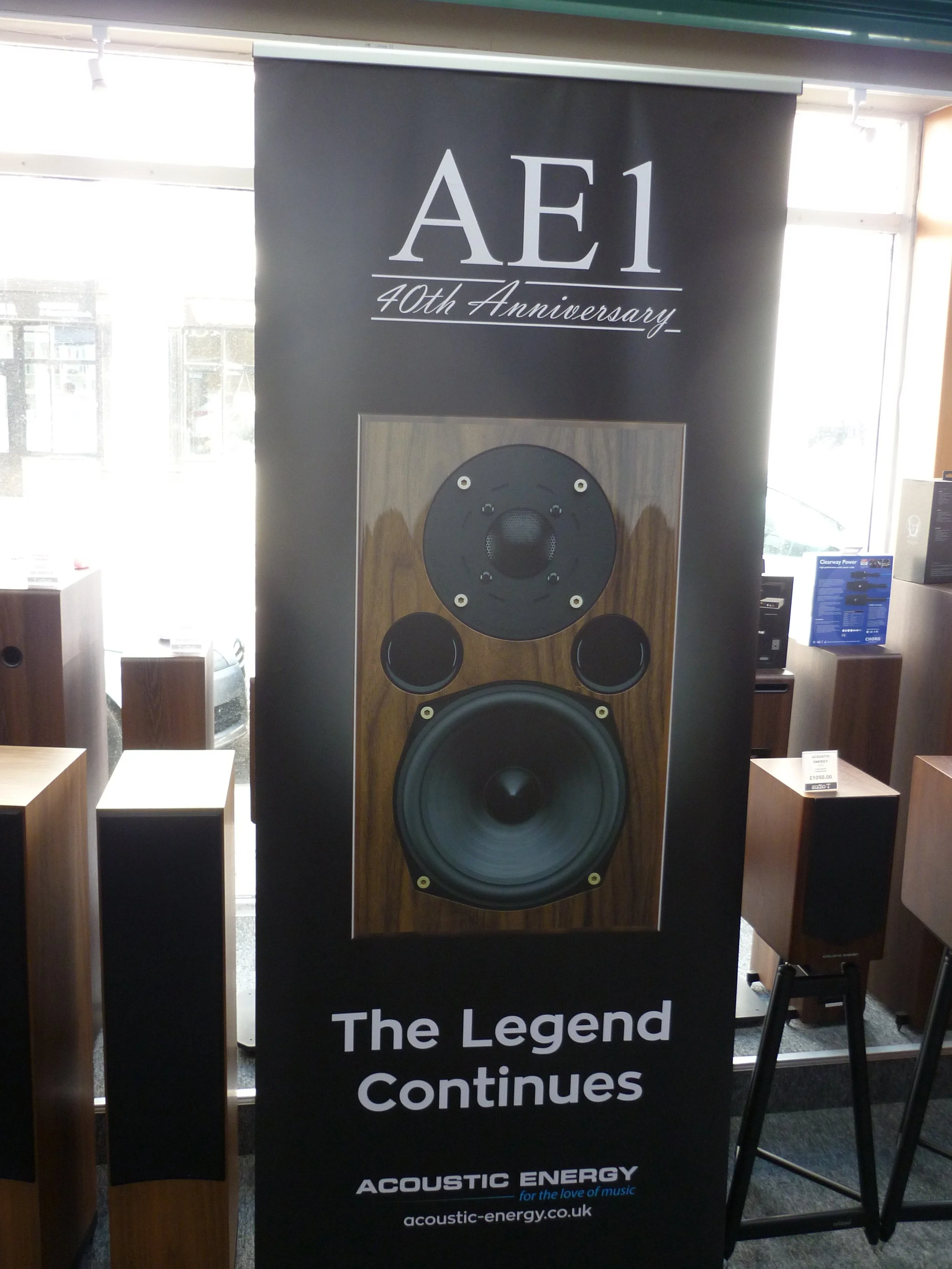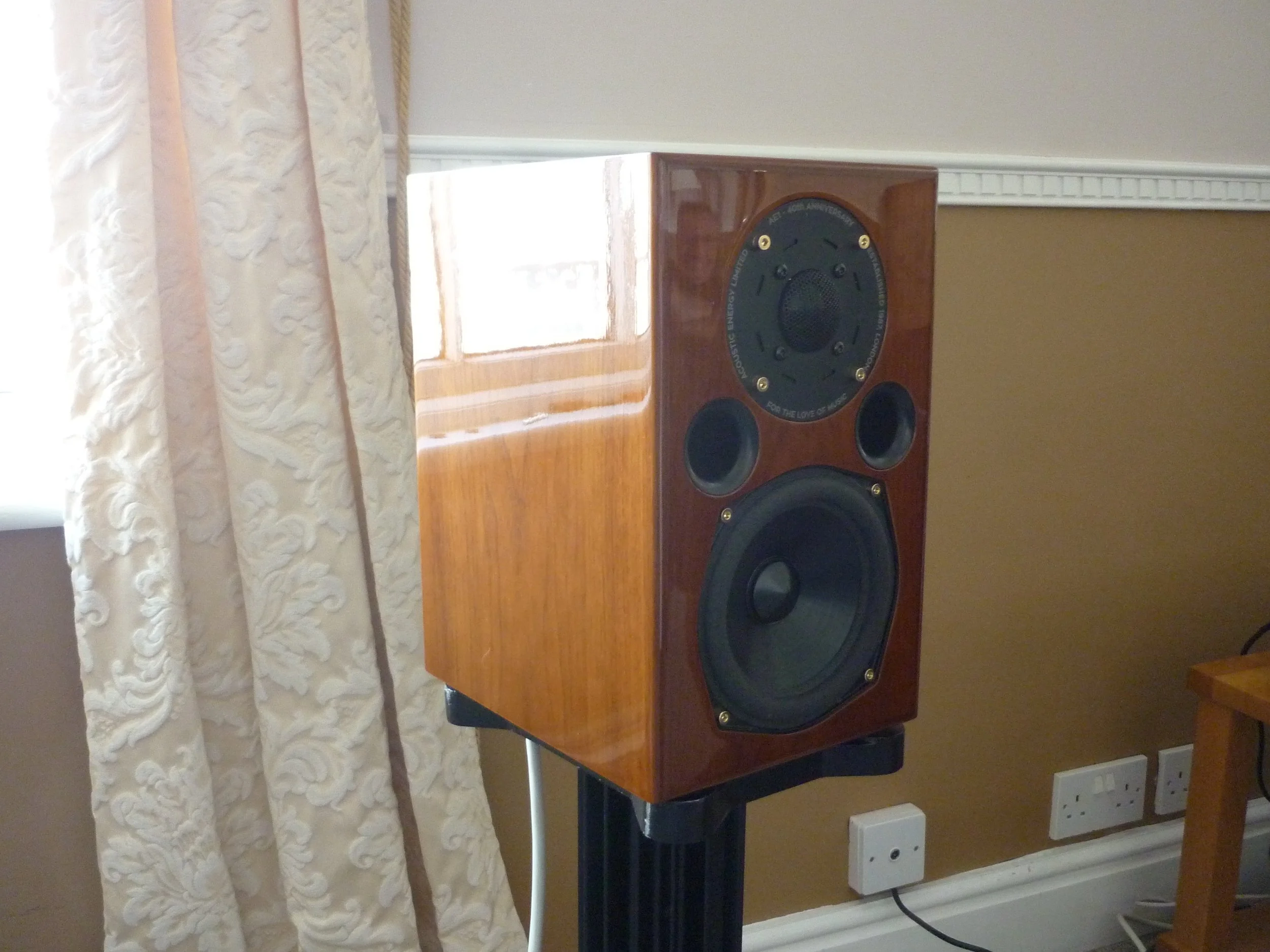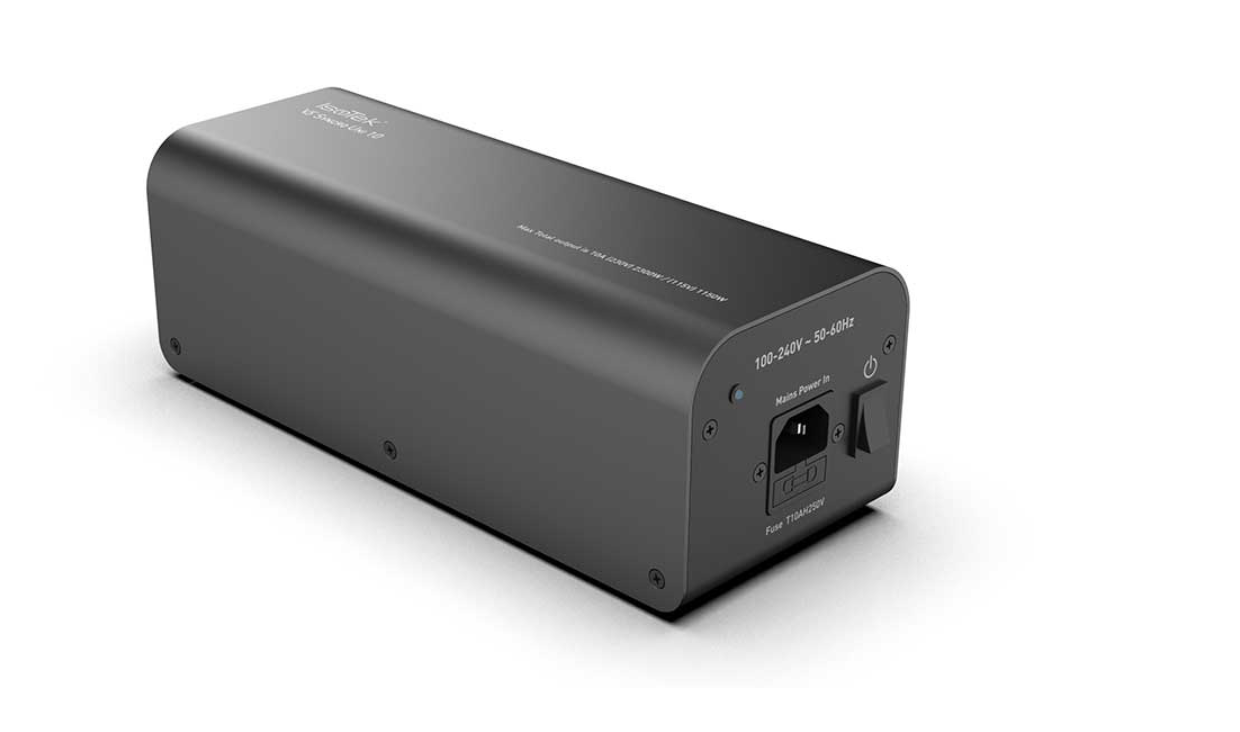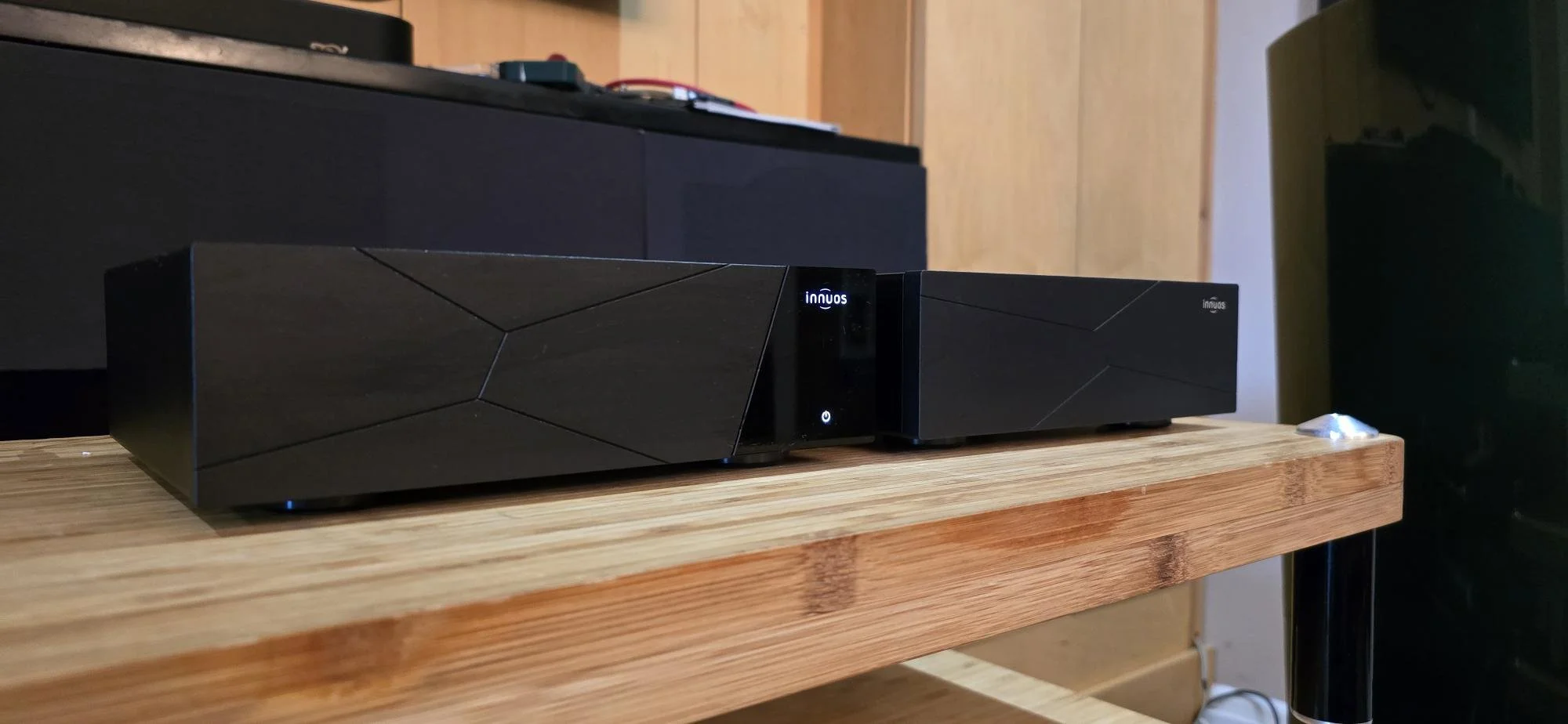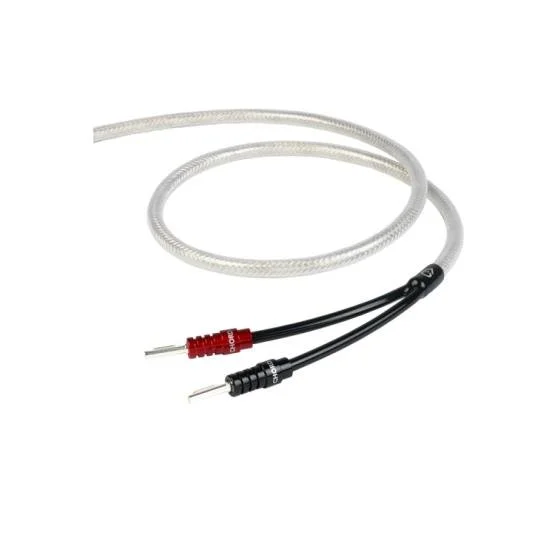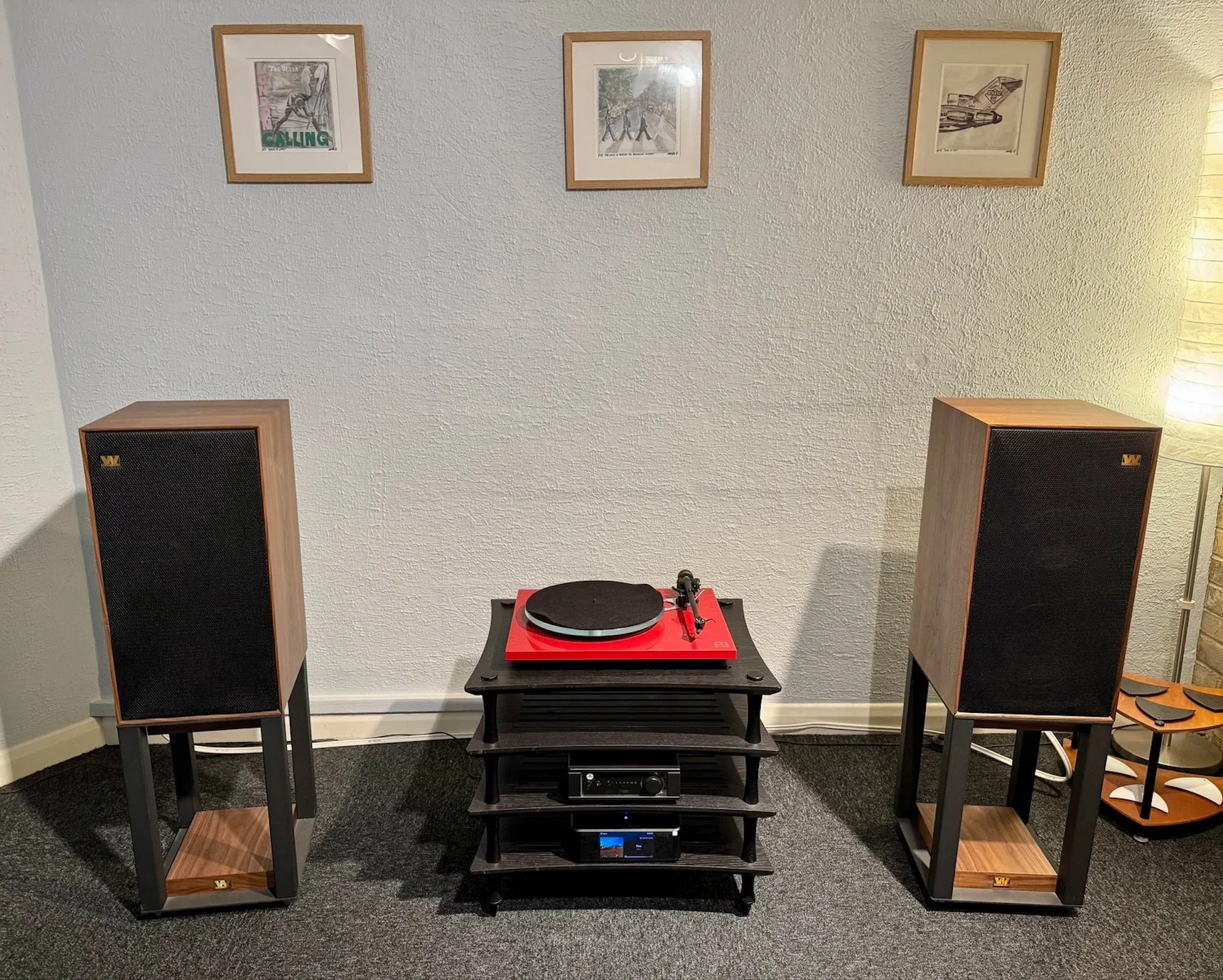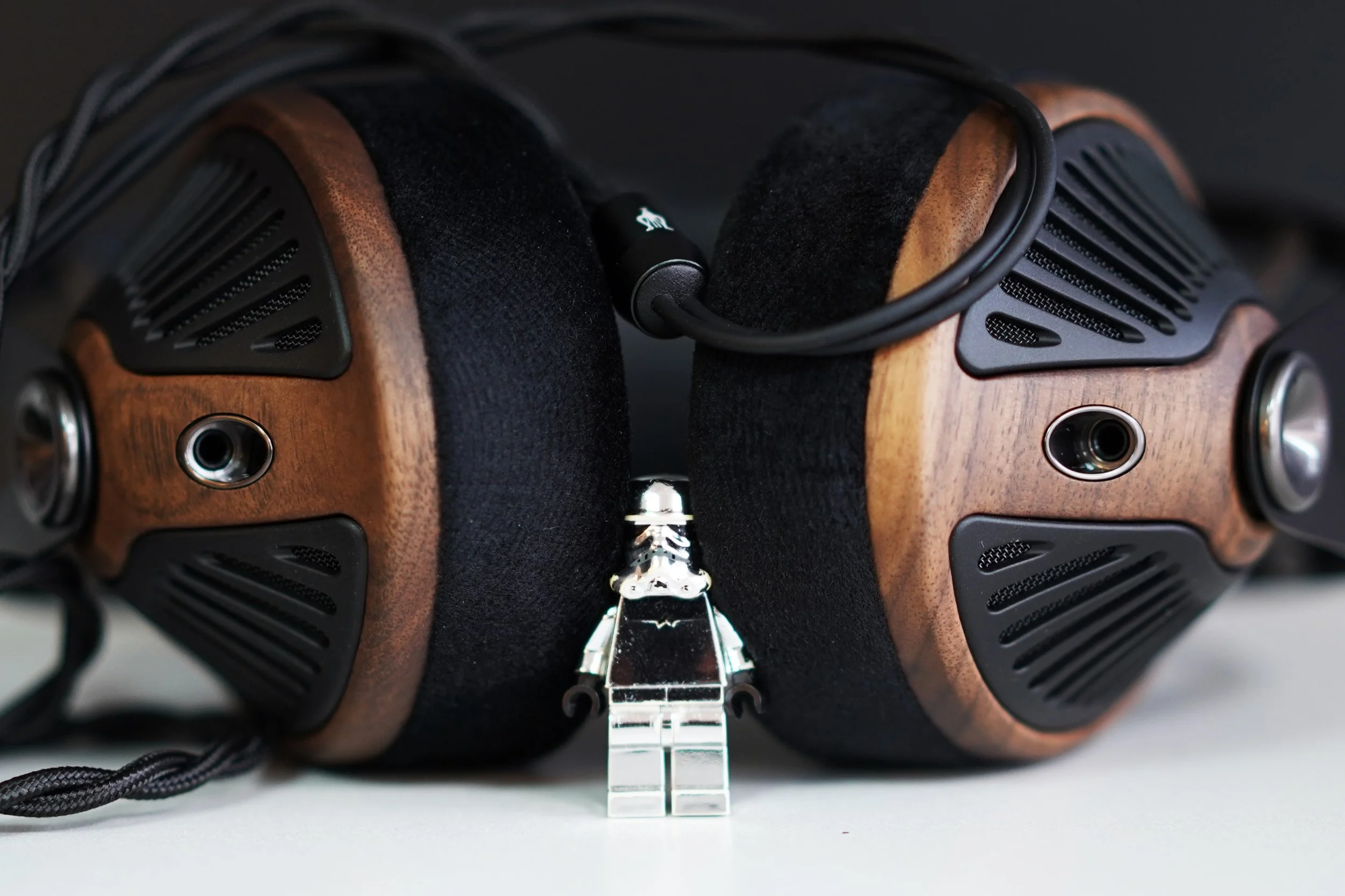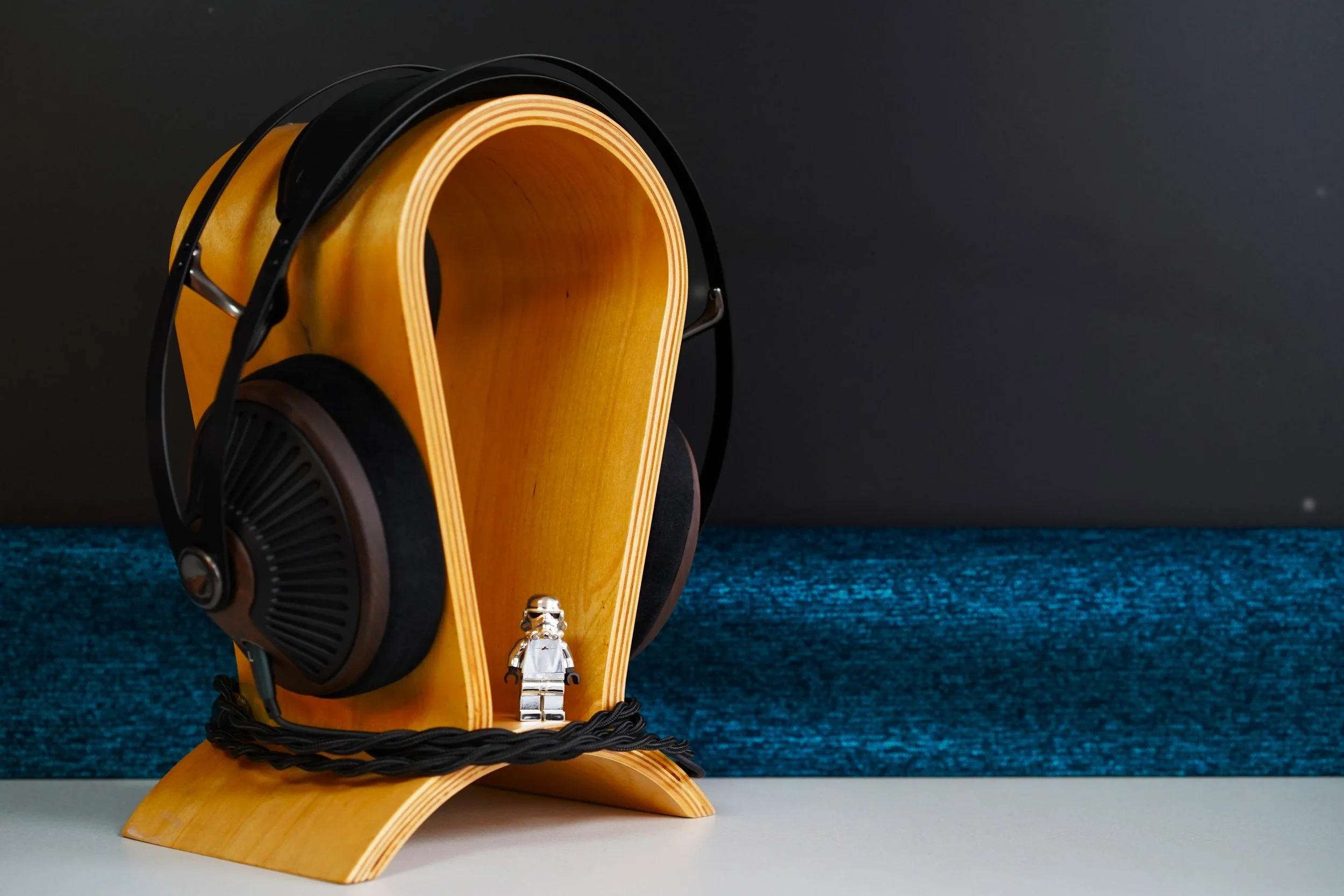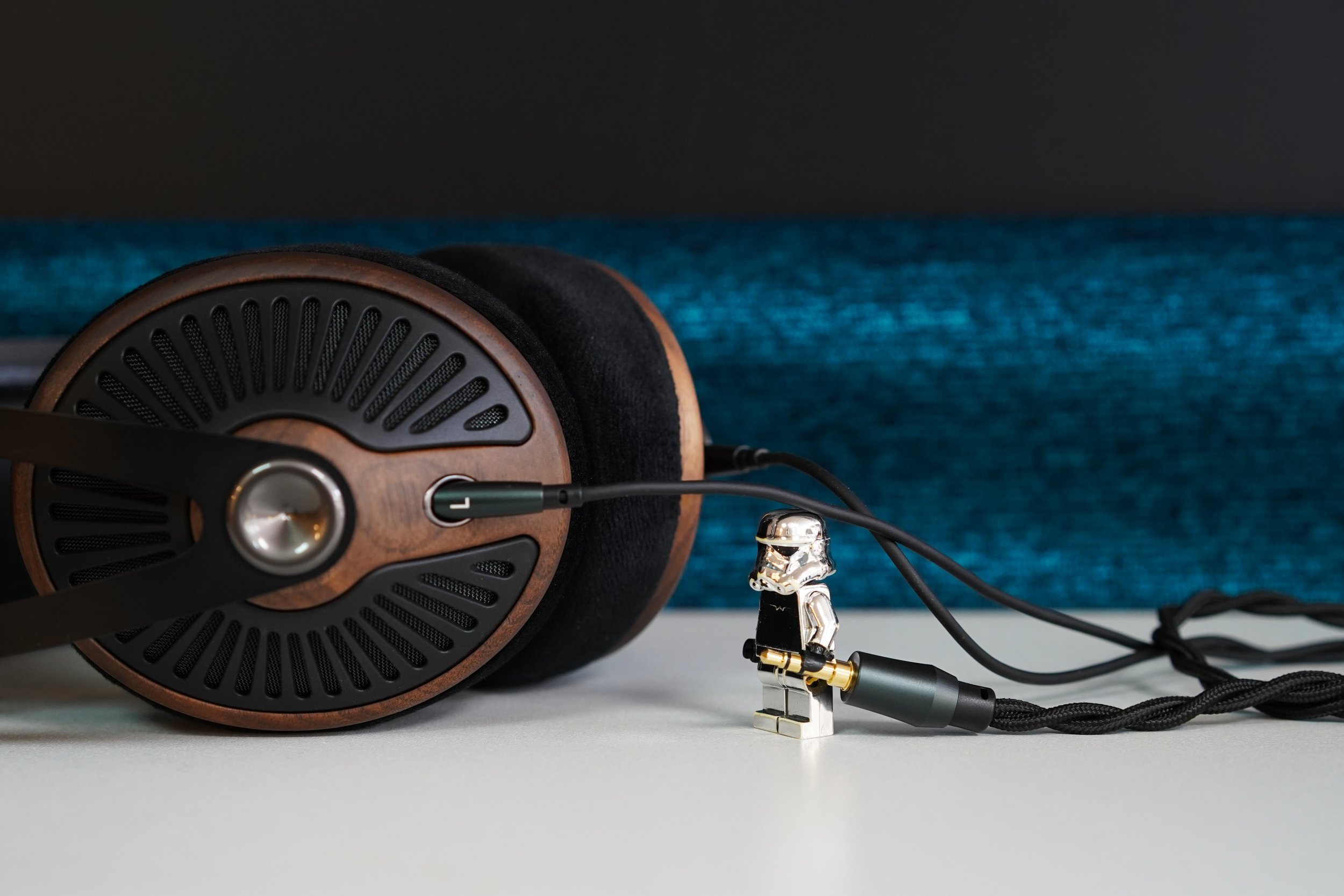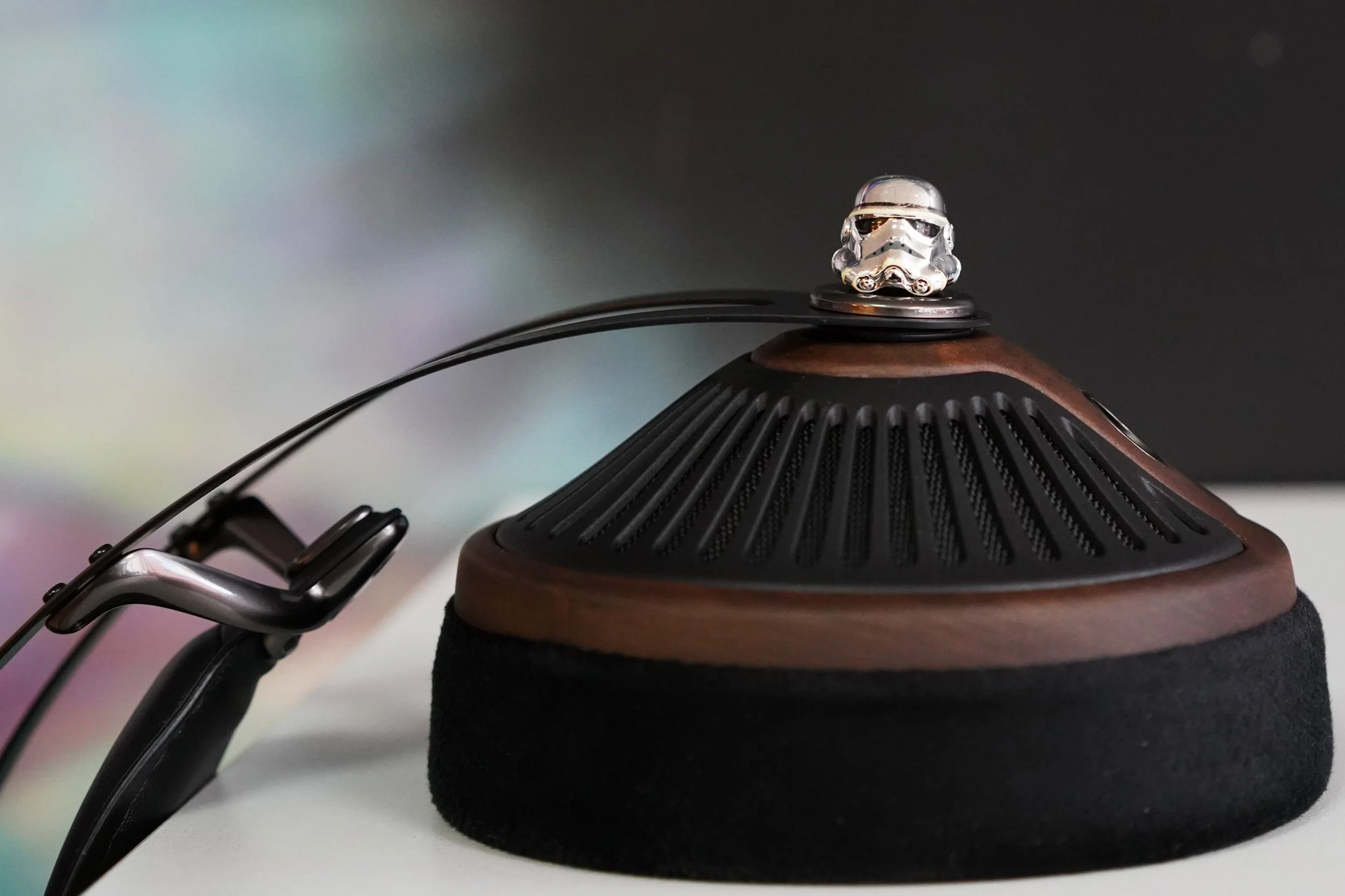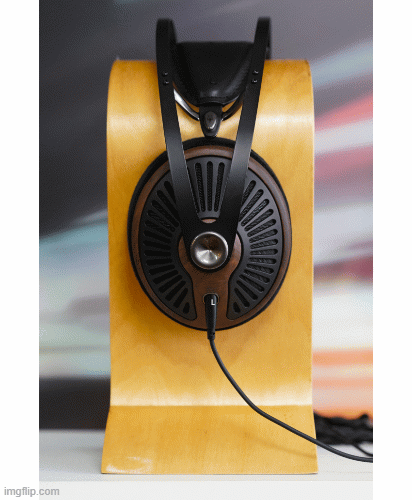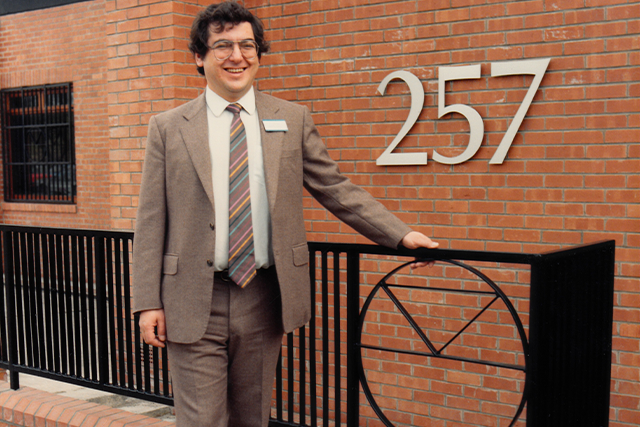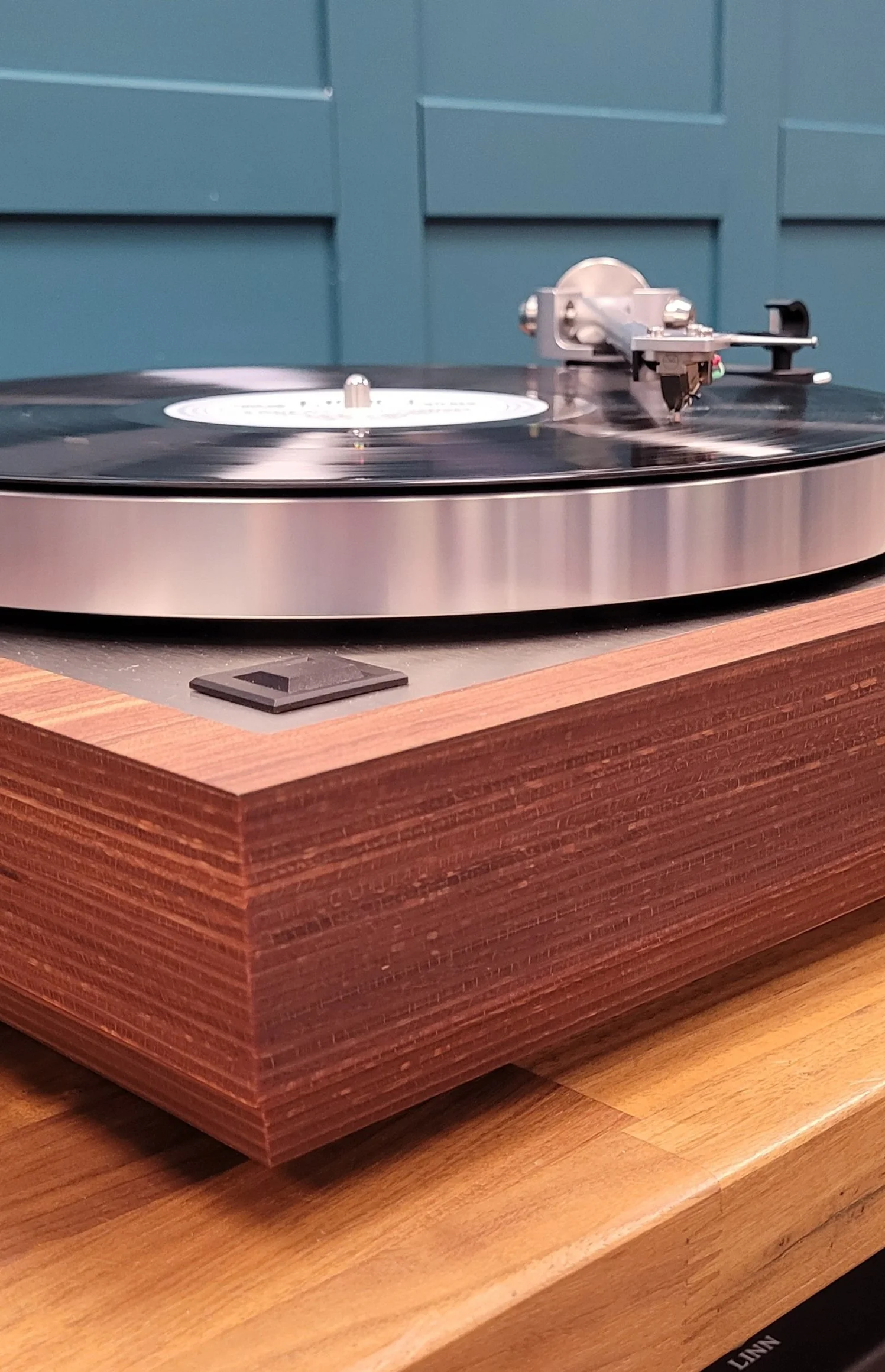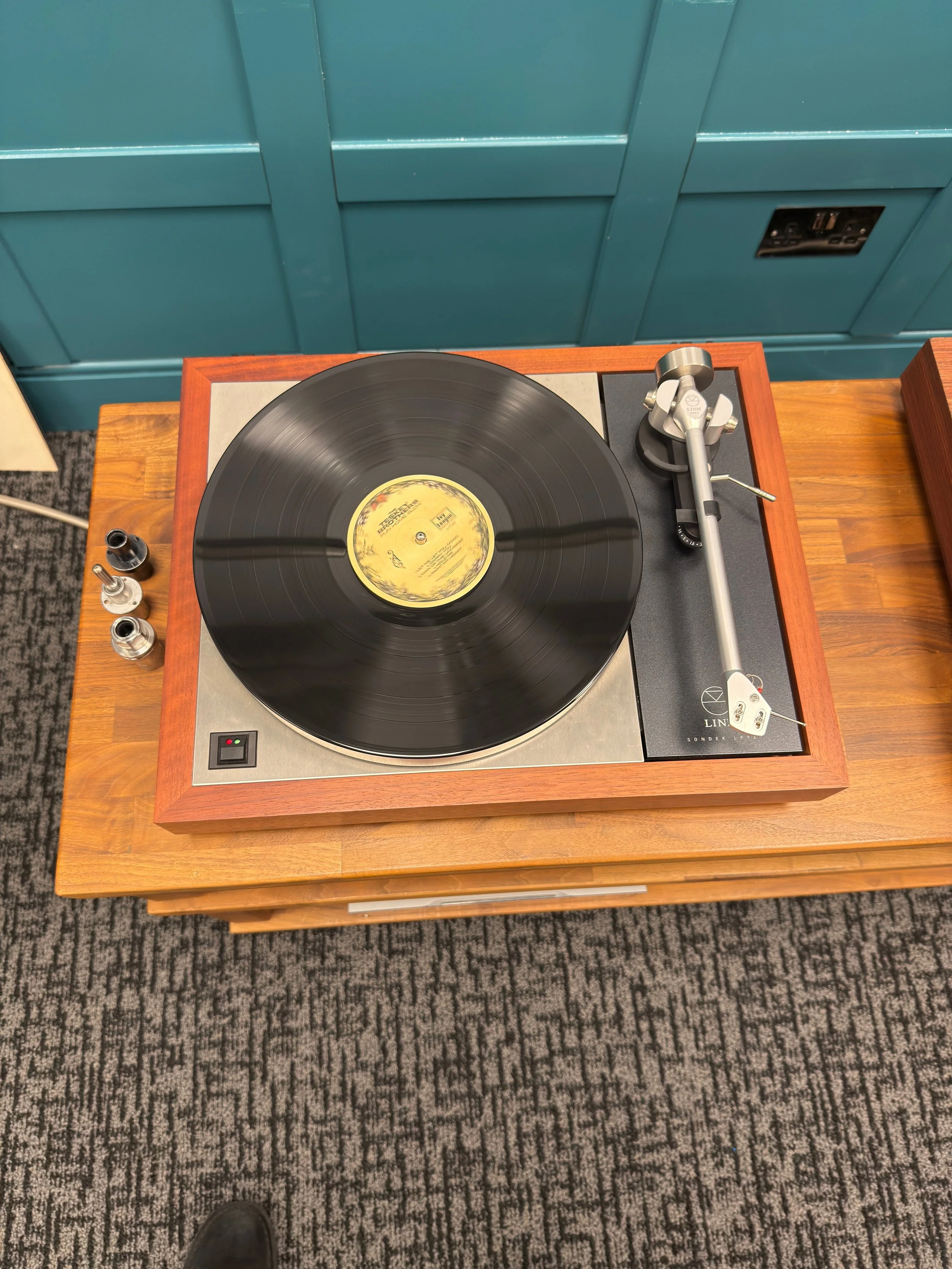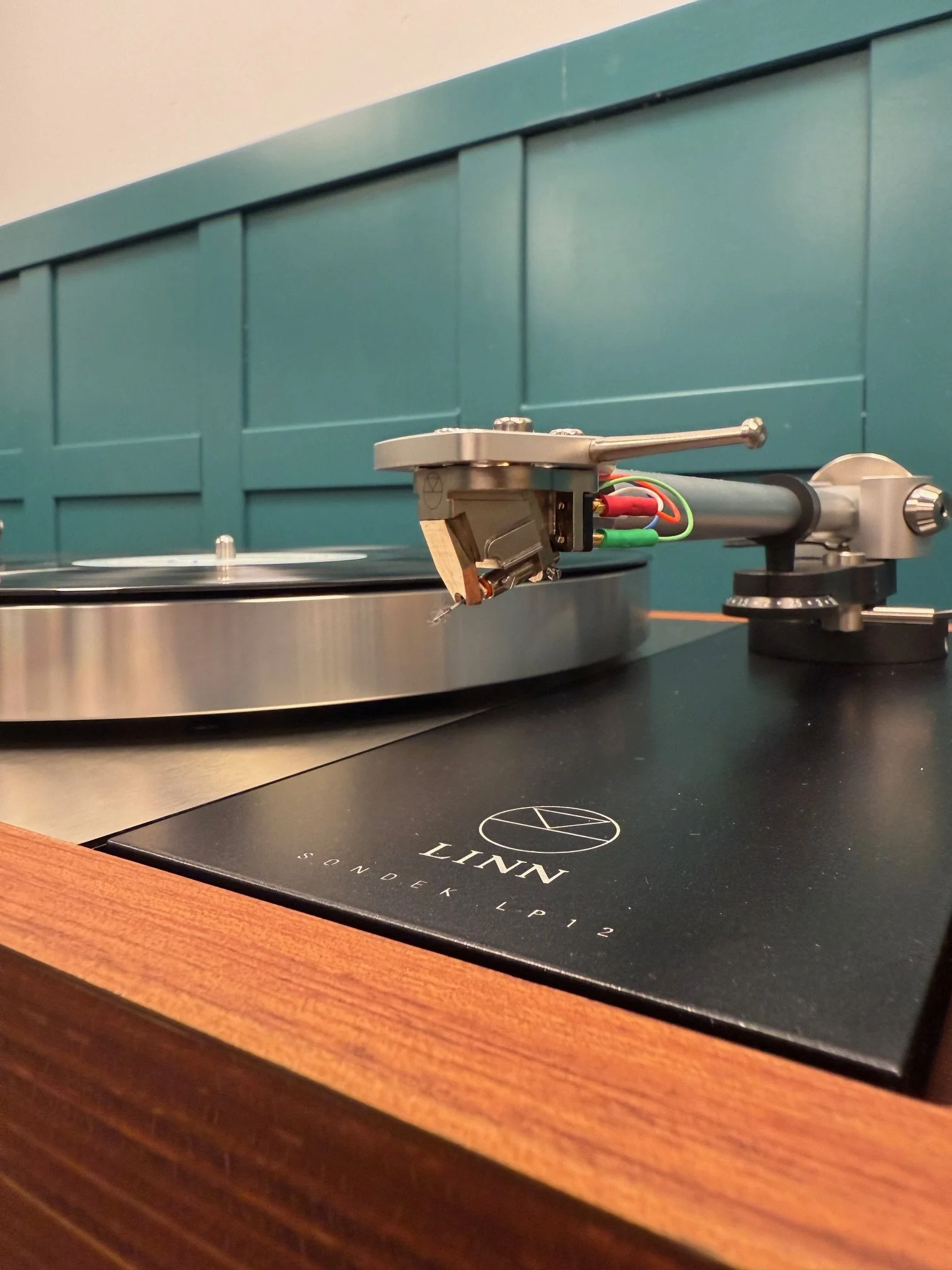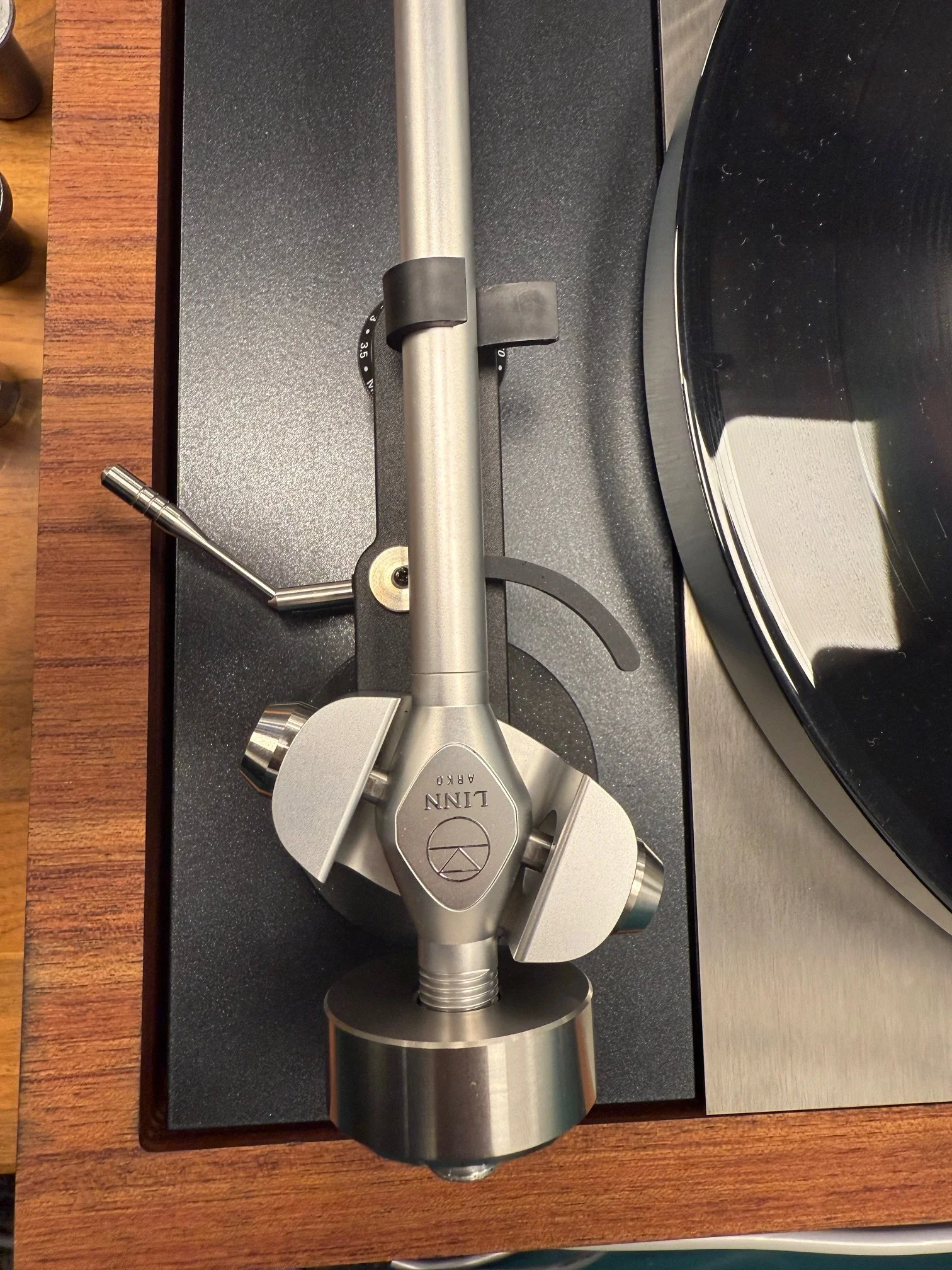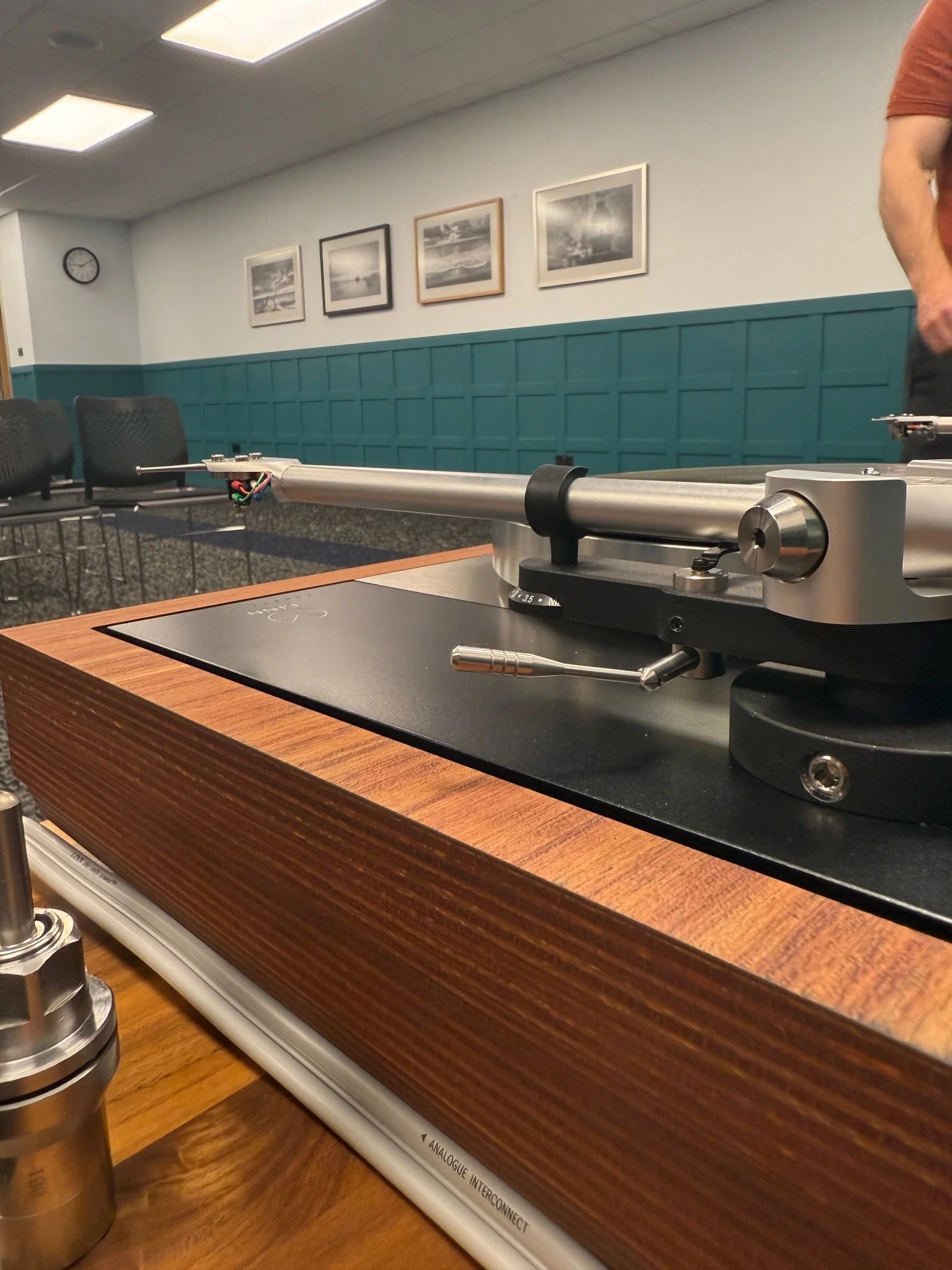Old v New - Can I find a sound like my trusty old Hi-Fi?
/Vintage. A nostalgic word that fuels the heart more than the head. Nostalgia was first coined as a term of diagnosis by the Swiss physician Johannes Hofer in 1688. Derived from the Greek nostos (homecoming) and algos (pain), this mysterious disease was a kind of pathological homesickness. High-Fidelity sound does not stand still, so why have I?
Keith Jarrett, talking about The Köln Concert live album from 1975, complained that the album had become nothing more than a soundtrack when it was used in a film. He also said that “We also have to learn to forget music. Otherwise, we become addicted to the past.” Indeed, Jarrett was asked by pianists, musicologists and others to publish the music transcript. For years he resisted such requests since, as he said, the music played was improvised “on a certain night and should go as quickly as it comes”.
The Back Story
This is a little extreme diagnosis, but I have worked here at Audio T for over six years, and still I cling to my trusty, slightly rusty, Rotel 930AX from 1997. Younger me clung to a front cover of What Hi-Fi? magazine that featured the Rotel paired with a Technics PG480 CD Player and Mission 731i speakers. It was carefully cut out and Blu-Tacked to the wall of my student hovel.
The system took me 18 months to save for and put together — trawling through deals, weighing up alternative ex-dem possibilities. What about the Arcam Alpha 7, Mission Cyrus 1 or the Pioneer A400? I thoroughly read all reviews to make sure this perfect starter Hi-Fi system was the right choice.
I remember buying the amplifier from SuperFi in Nottingham — ex-dem and a bit battered. The guys in the shop must have been sick of me, or sorry for my distressing yearning. The Rotel 930AX purchased, it sat under my bed for six months, now and again carefully unwrapped, placed on my desk, powered up, and stared at.
Then came the Mission 731i with Cambridge TalkTalk 3.1 speaker cable and Cambridge Audio Arctic yellow interconnects. And the source was my Matsui Walkman and Technics portable CD player that needed a deft piece of divine intervention to position a CD to play without skipping. Until six months later — the venerable Technics PG480 with MASH technology. I dreamed of Tannoy Mercury M2s, KEF Cresta 2, Linn Axis with K9, Mission stands.
The upgrades were: in 2002, the Mission 731i changed out for Mission m71i (much in this Stereophile magazine article), and a Bluesound Node 2i brought streaming to my antiquity.
There is nothing wrong with the photo — I prefer their sound upside down on 500mm stands than the right way up on 700mm stands.
Fast forward to now, and the back story is the problem. The emotional connection to a hard-fought first system. Like a faltering old dog, I won’t put it down. But how does it compare to the same budget corrected for inflation? What will the same money buy me now, and am I converted to take the plunge?
The Budget
First, let’s put some 1997 figures, inflation-adjusted to today’s prices, and keep it simple to just a CD-based source:
OLD
CD Player: Technics SL-PG480 - £130
Amplifier: Rotel 930AX - £250
Speakers: Mission M71i Speakers - £199
Total: £579
Adjusted to today’s price: £1,137.87
So, what is the cream of the crop of today’s Hi-Fi that would come in around that price?
NEW
CD Player: Marantz CD6007 - £400
Amplifier: Rega io - £440
Speakers: Acoustic Energy AE100² - £279
What’s interesting is that the Rega io and Rotel come in at the same wattage — 30W. So there has been no wattage inflation adjustment.
The Marantz CD6007 is leaps and bounds ahead of the 1-bit MASH technology of the 1990s. A proper Red Book spec CD player, with a USB input too.
The io uses the same power amplifier and phono stage as its larger brother, the multi-award-winning Brio. The class A/B circuit shares its DNA with the rest of Rega’s amplifiers: Sanken output transistors, an Alps volume potentiometer, and a linear power supply that enables an output of 30 watts per channel into 8Ω. Two line-level inputs and a high-quality moving magnet phono input are available as sources. A newly redesigned mini remote handset is included — a major upgrade. I haven’t had a remote control for my Hi-Fi for 28 years! Cheltenham have a fine blog on the io this month, which you can read here.
The Acoustic Energy 100² need no introduction. They are the entry-level speakers that everyone tries to beat. They made my Missions sound like a Harris Tweed factory — woolly.
Listening – Which Should I Change First?
It is a question that we get asked the most. Our answer is: garbage in, garbage out. Always start with the source first.
Changing out to the Marantz from the Technics was a big improvement. And just to prove the point, I tried the ATC CD2 at £1,850 — and there it was. Even better soundstage, more detail across the board and a really enjoyable experience. The old Hi-Fi given a new lease of life.
It was only when I changed the amp out for the Rega io that I realised that I was wrong. My forgiving nostalgia had destroyed the objective listening process. The heart ruled the head. What should I change first? The answer is actually everything.
Hi-Fi moves forward. Our emotional engagement with the music that most moves us, at its core, is nostalgia. What changes, I think, is the appreciation of quality. My student self would have been quite happy with baked potatoes with cheese and beans, a four-pack of Stella, and Trainspotting as the epitome of a quality night in. That has its place, but there are better things in life — and great Hi-Fi is so rewarding.
Incidentally, I’ve settled on my next system as the ATC SIA100 with the matching CD2 and SCM11 speakers — but I’m still reviewing…
Thanks for reading!
Justin, Max & Paul - Audio T Bristol
If you have any questions about the event featured in this article, or any other Hi-Fi or home cinema enquiries, be sure to Contact Us.
If you’ve enjoyed this, why not go ahead and read some more of our other blogs, and be sure to follow us on our social media channels below…
Rega can be found at the following Audio T stores
Acoustic Energy can be found at the following Audio T stores
Marantz can be found at the following Audio T stores
*All prices, credit terms and interest rates quoted are correct at the time of going to press but may be subject to change. E&OE


